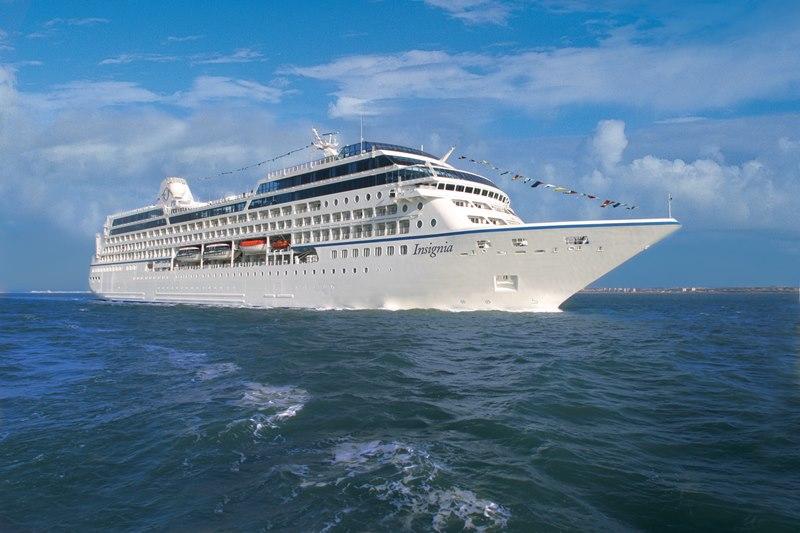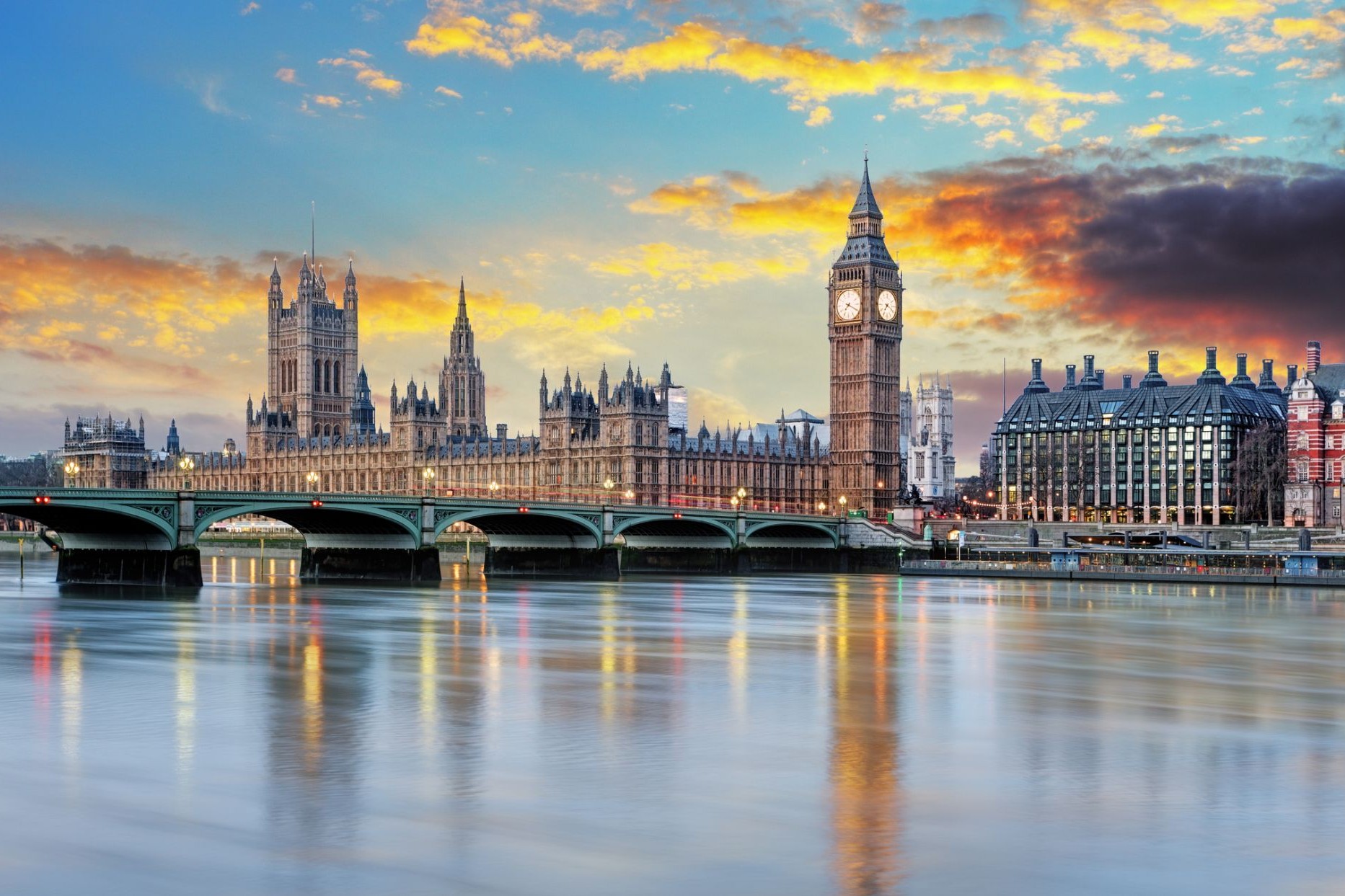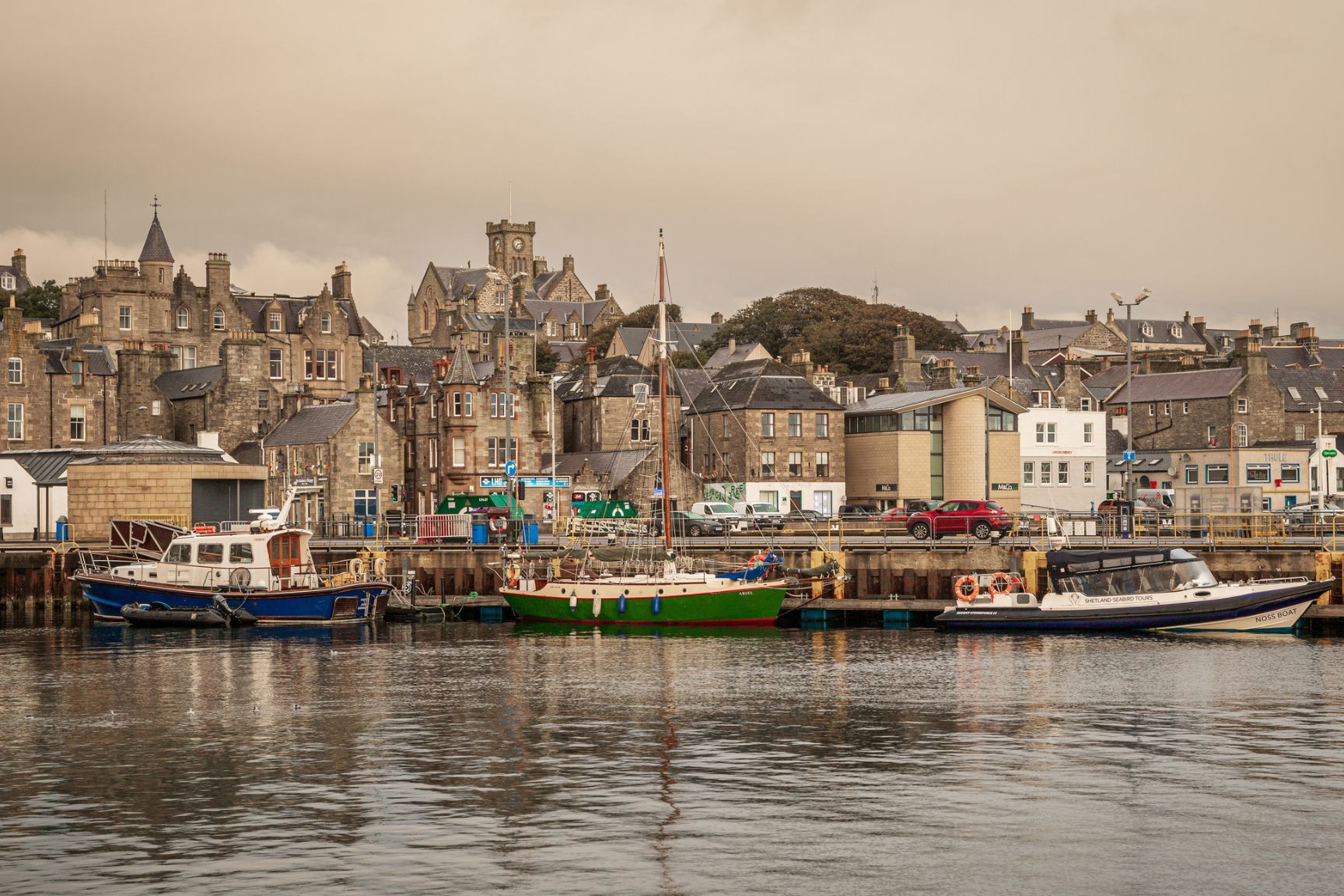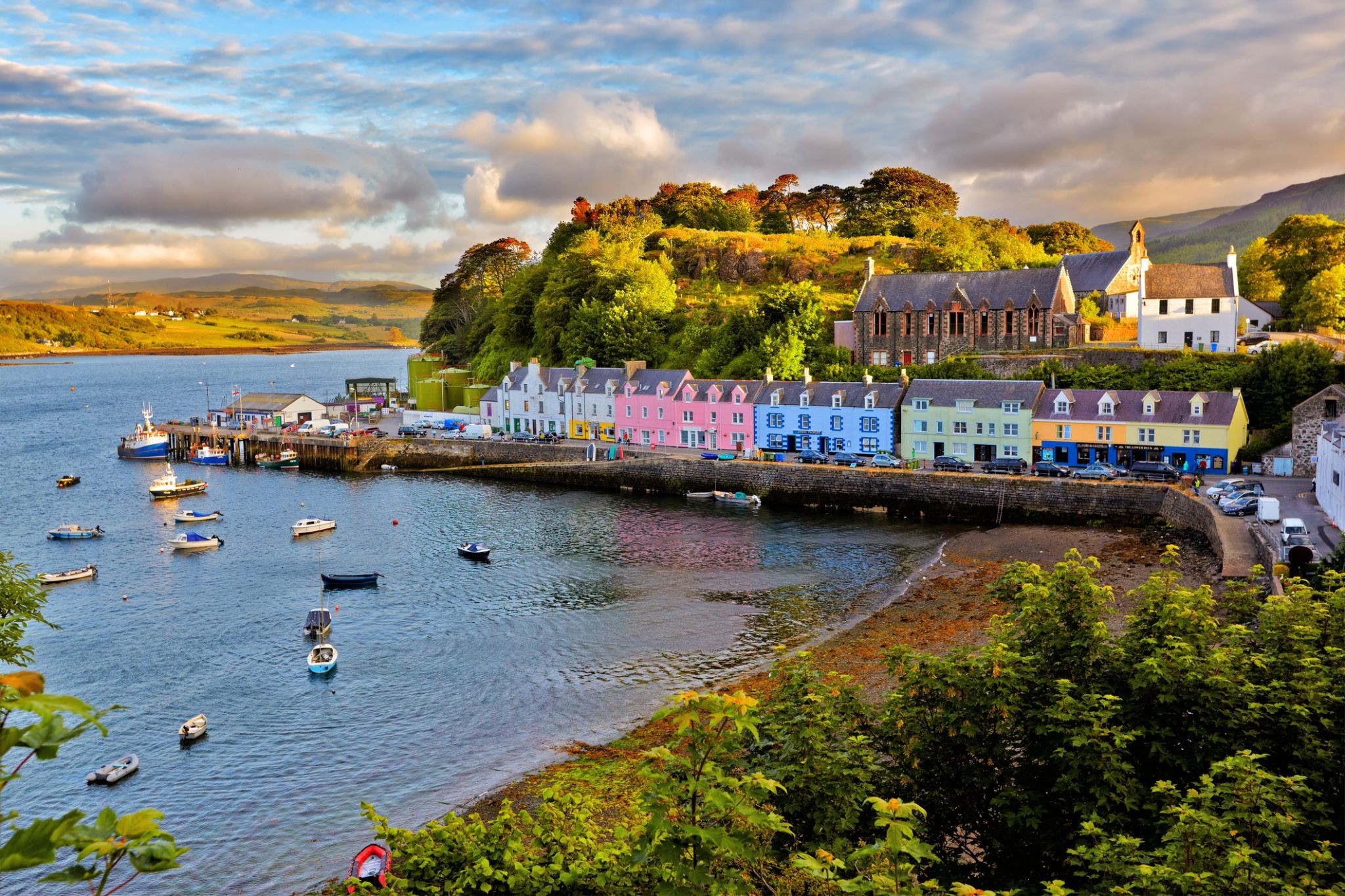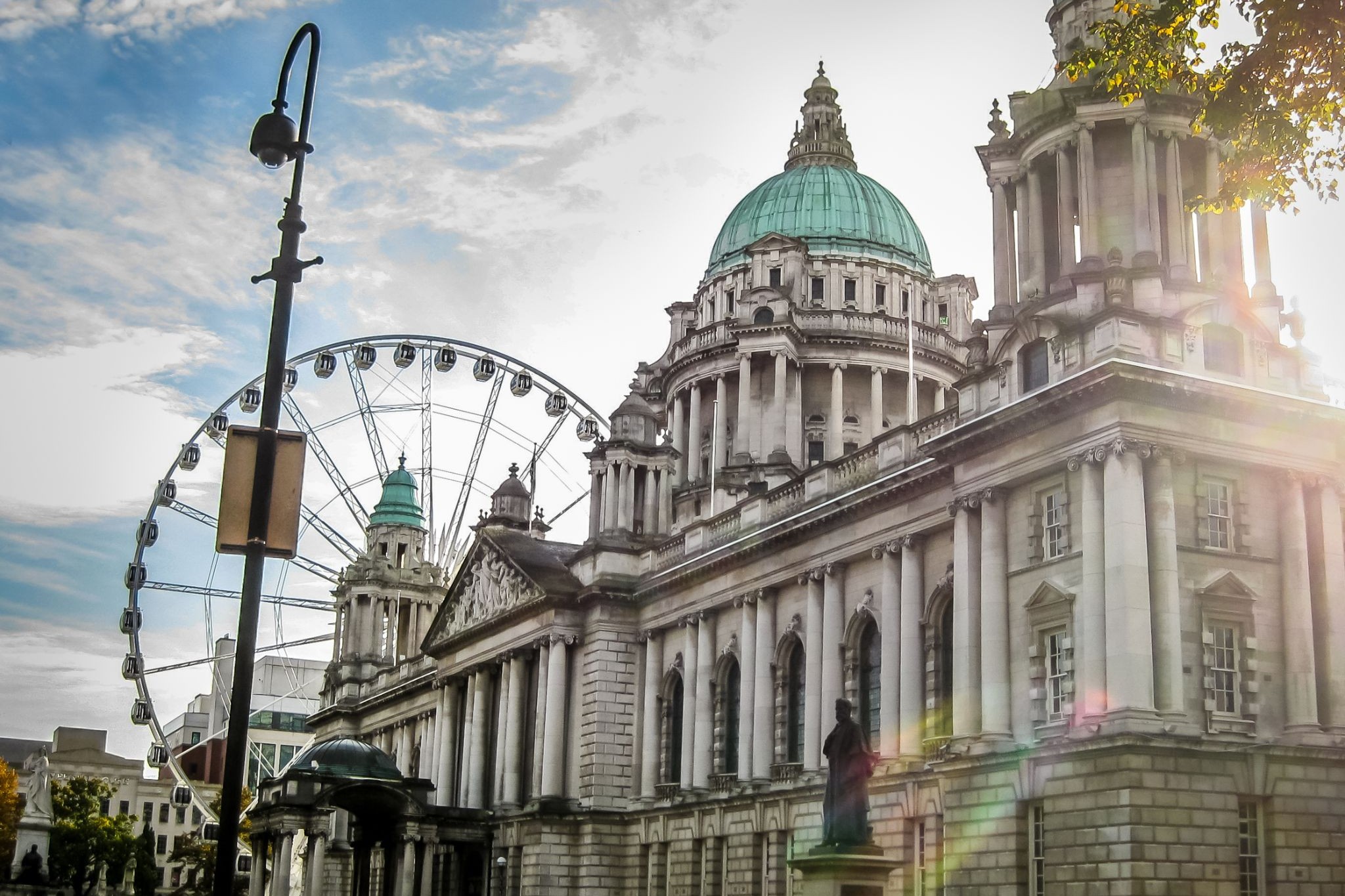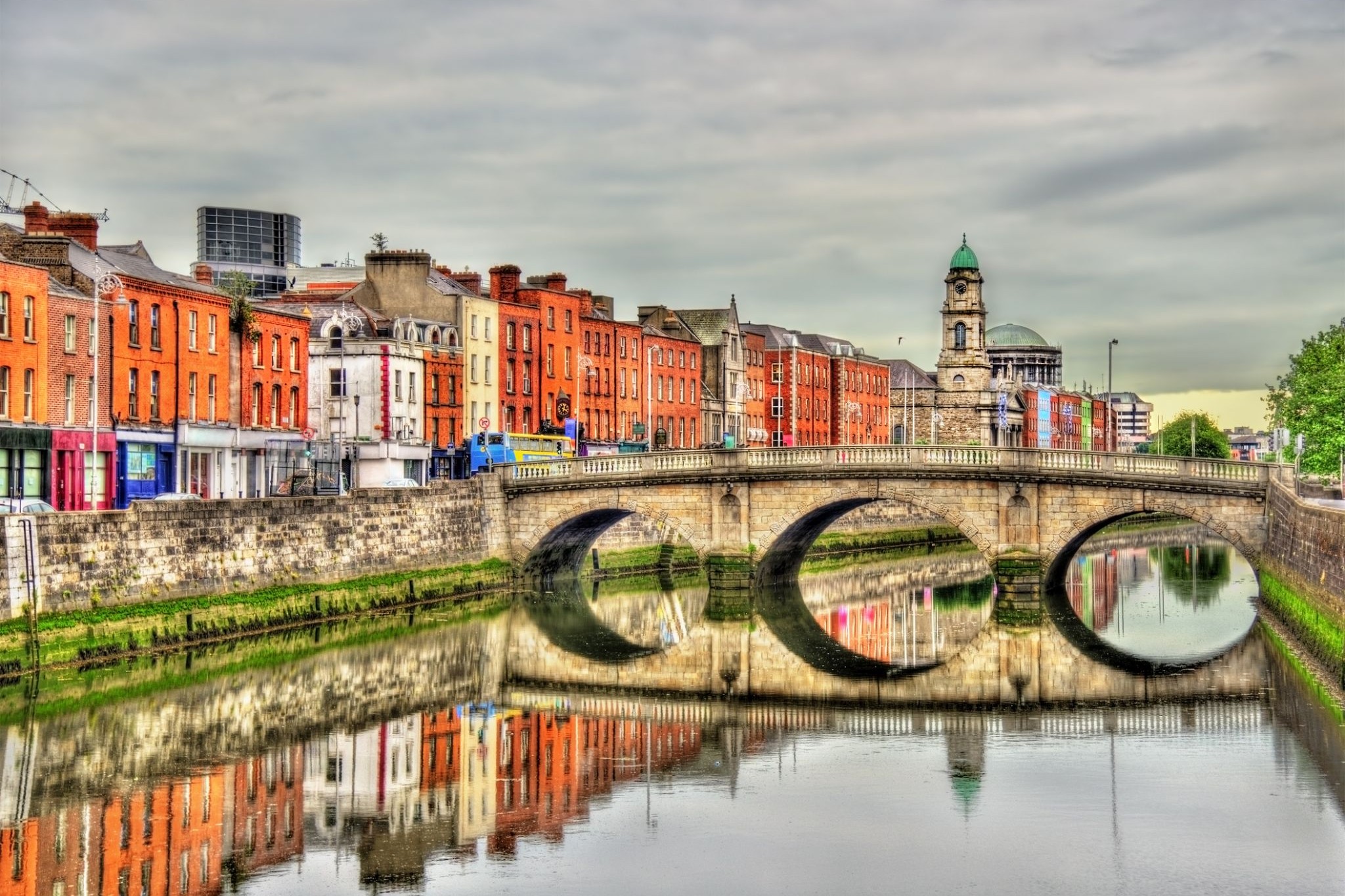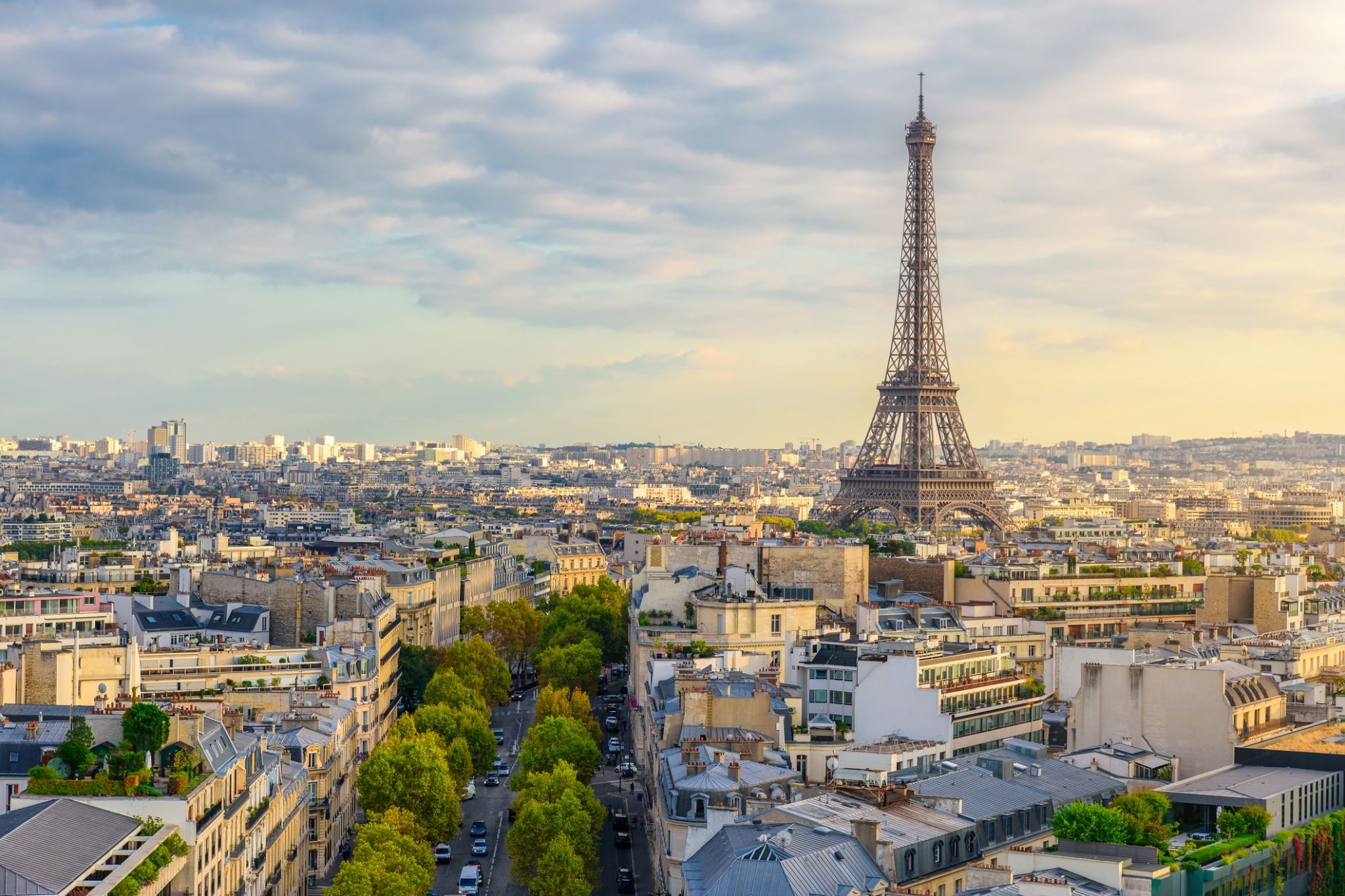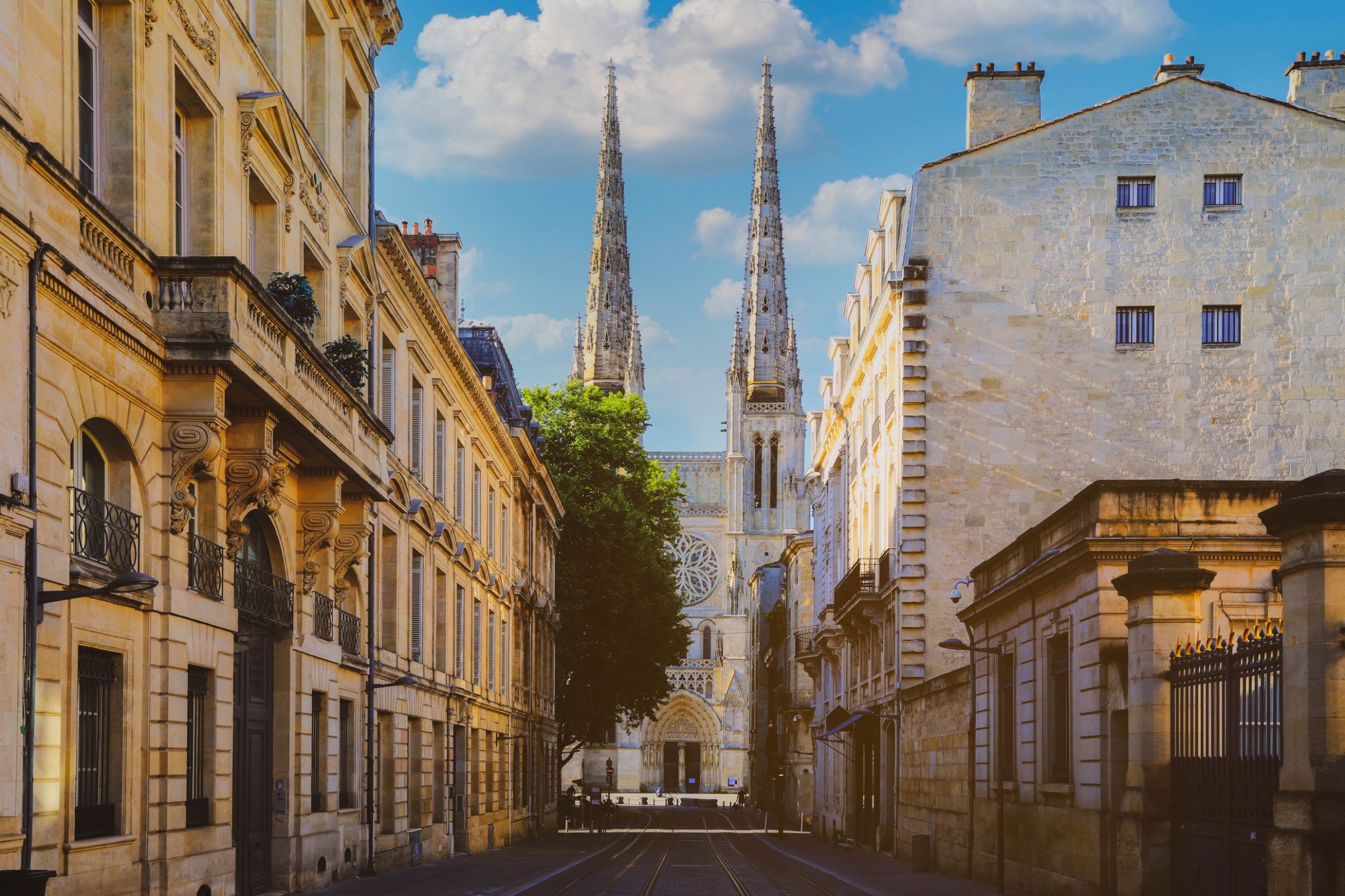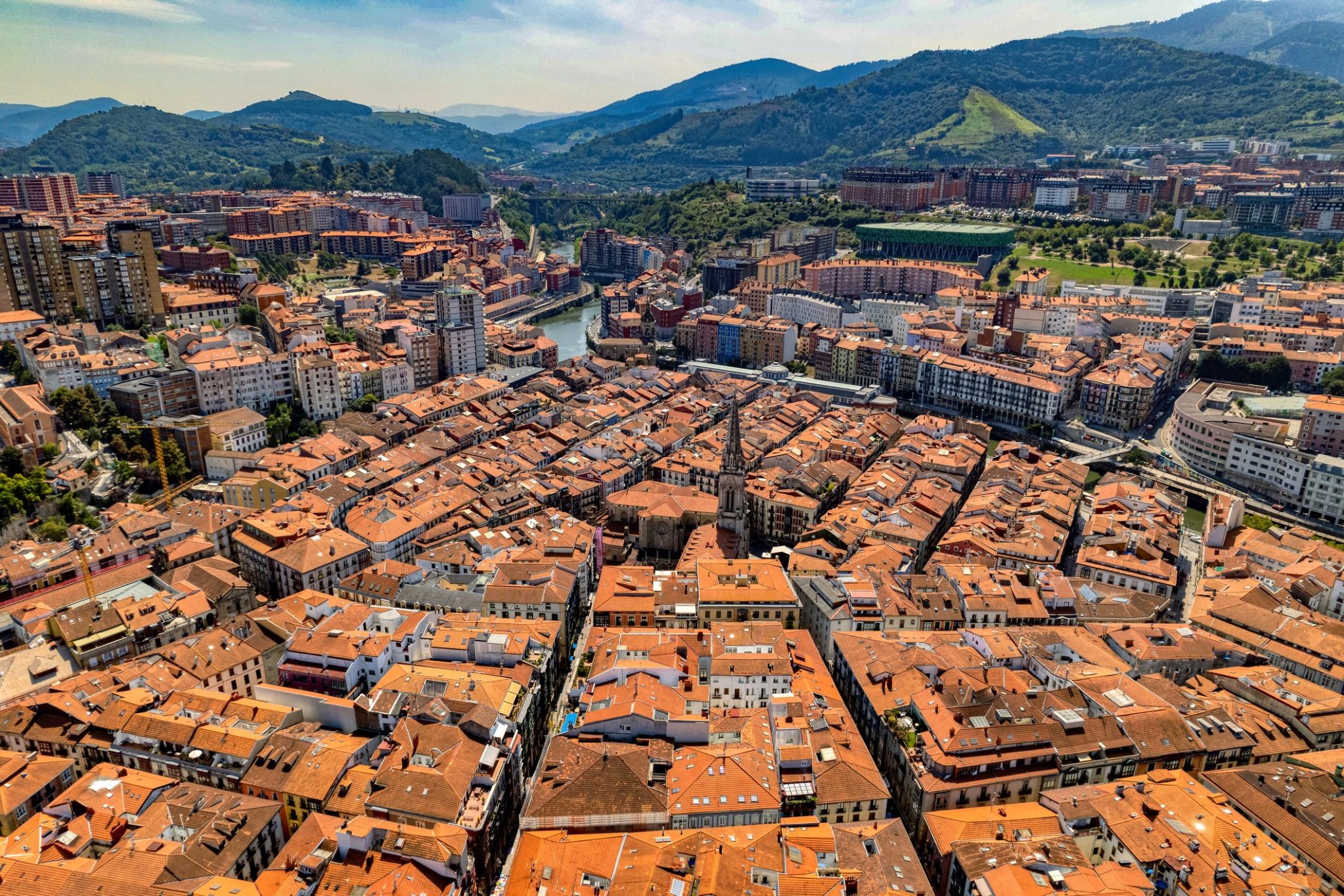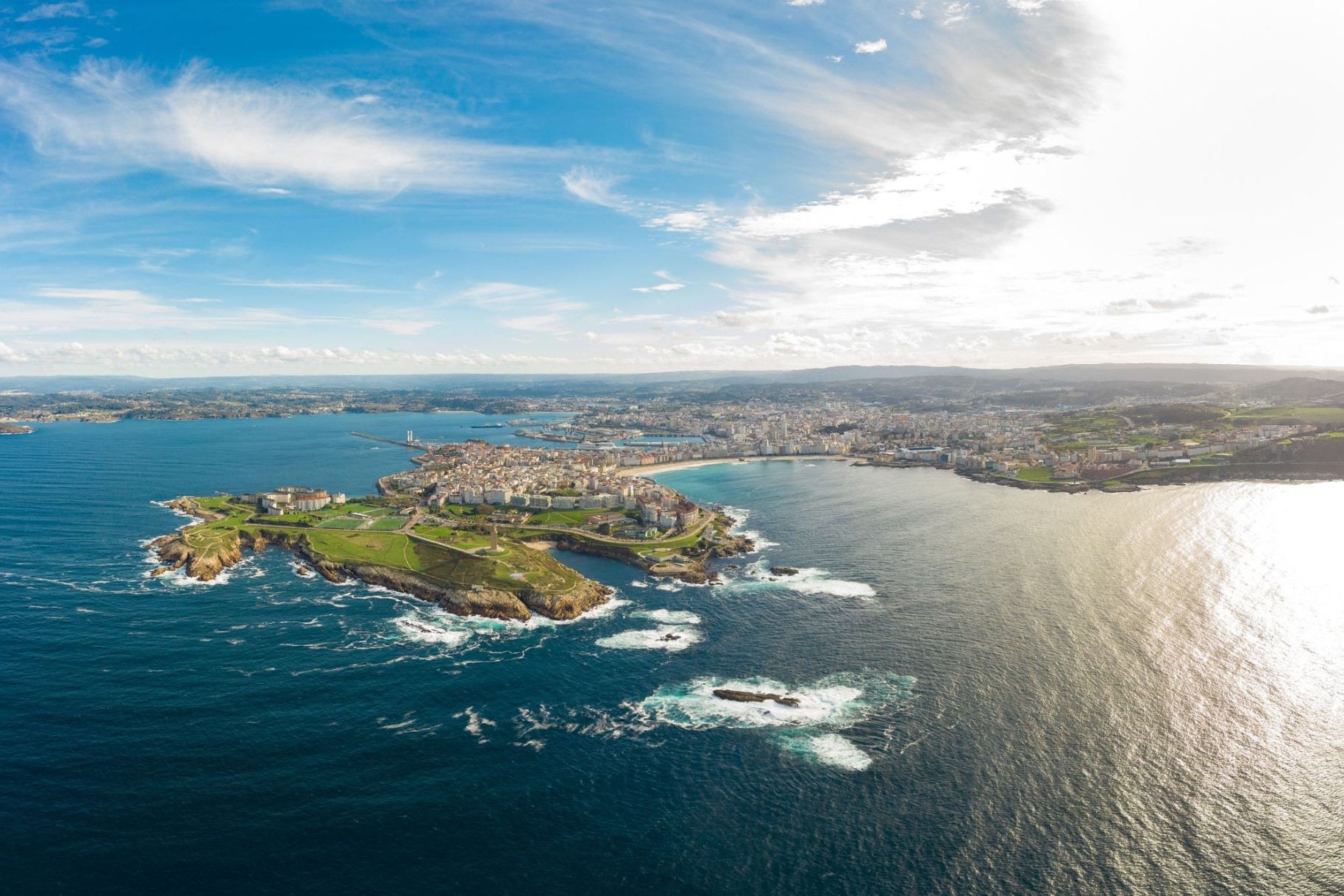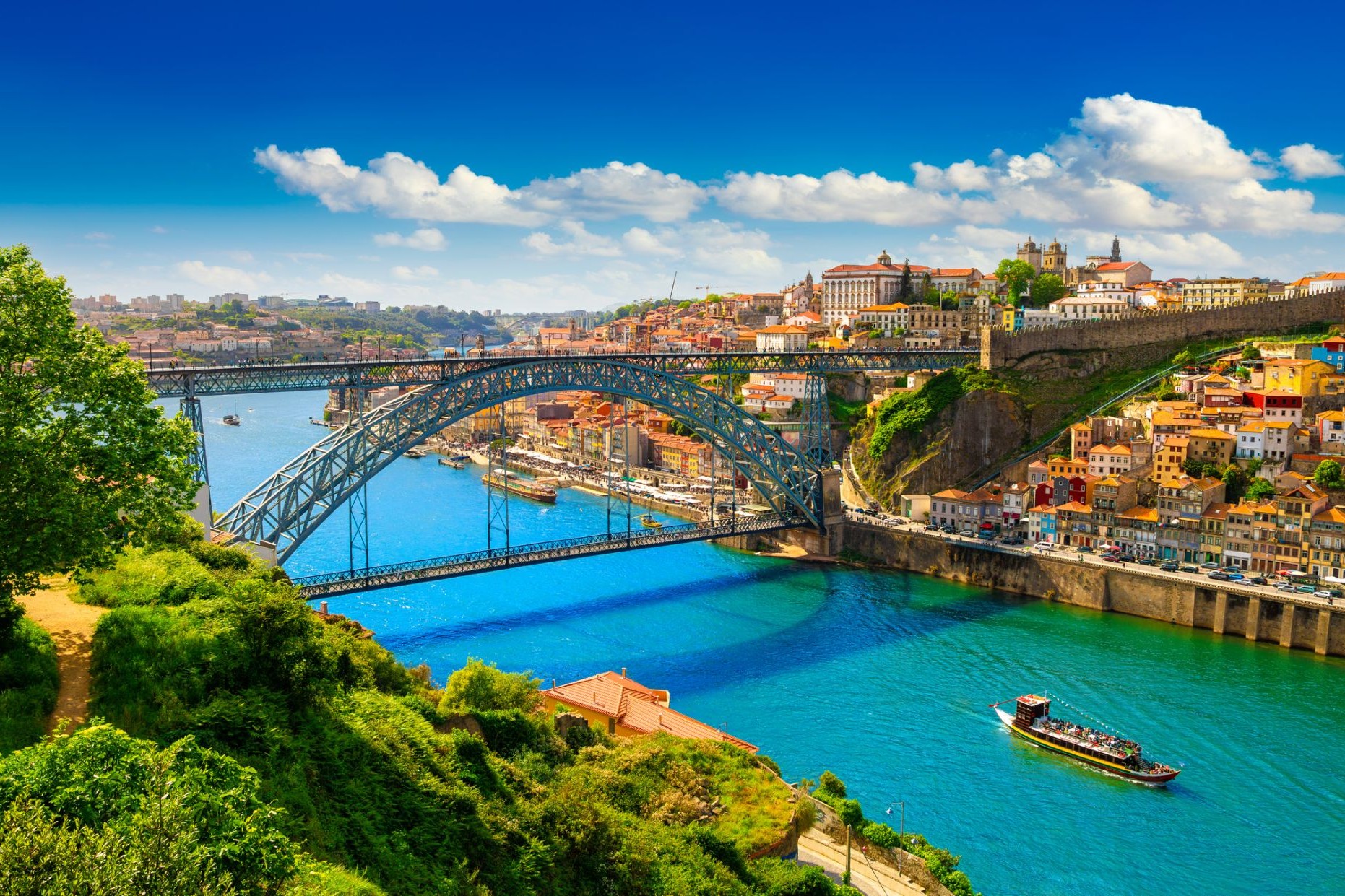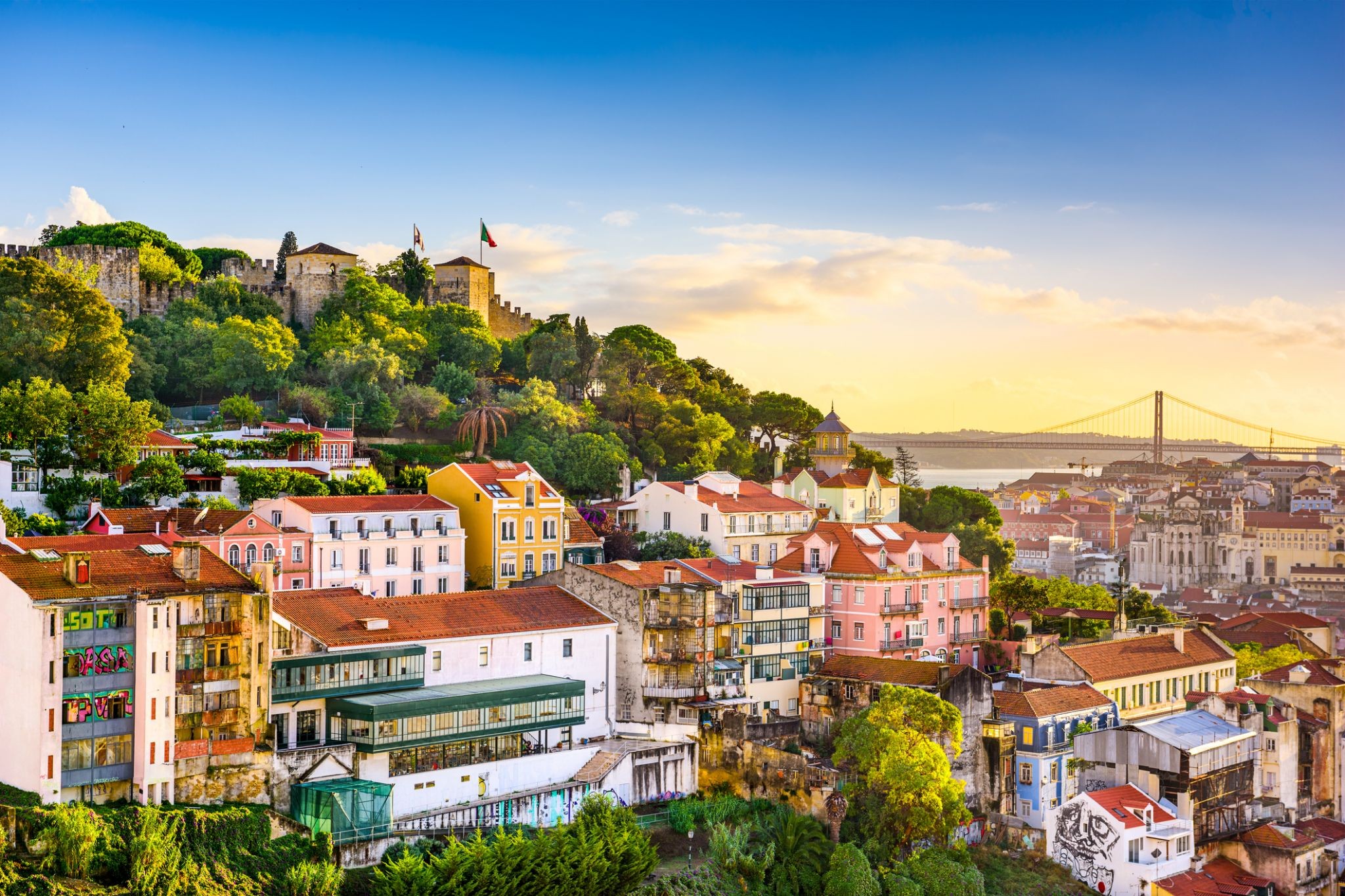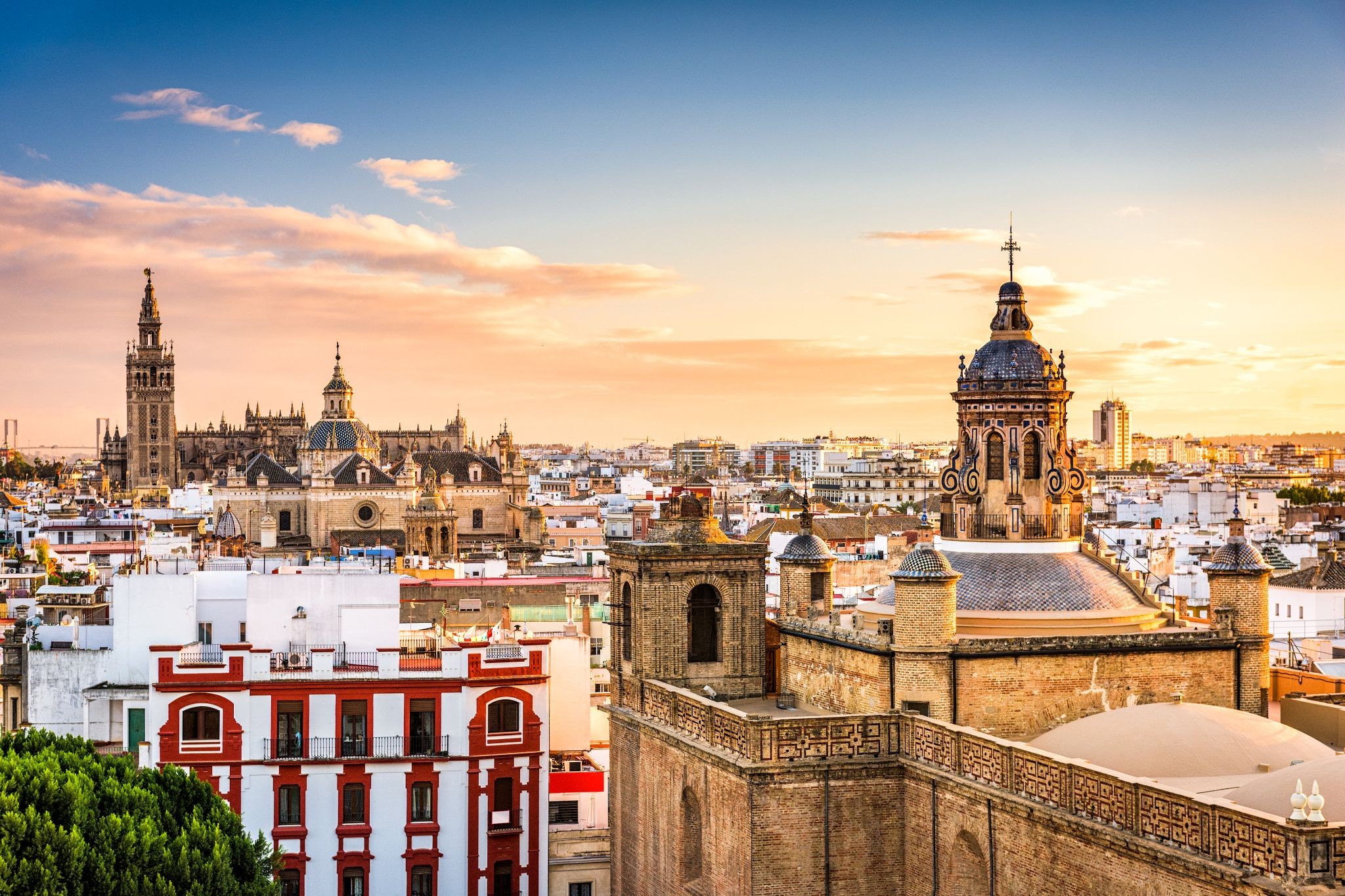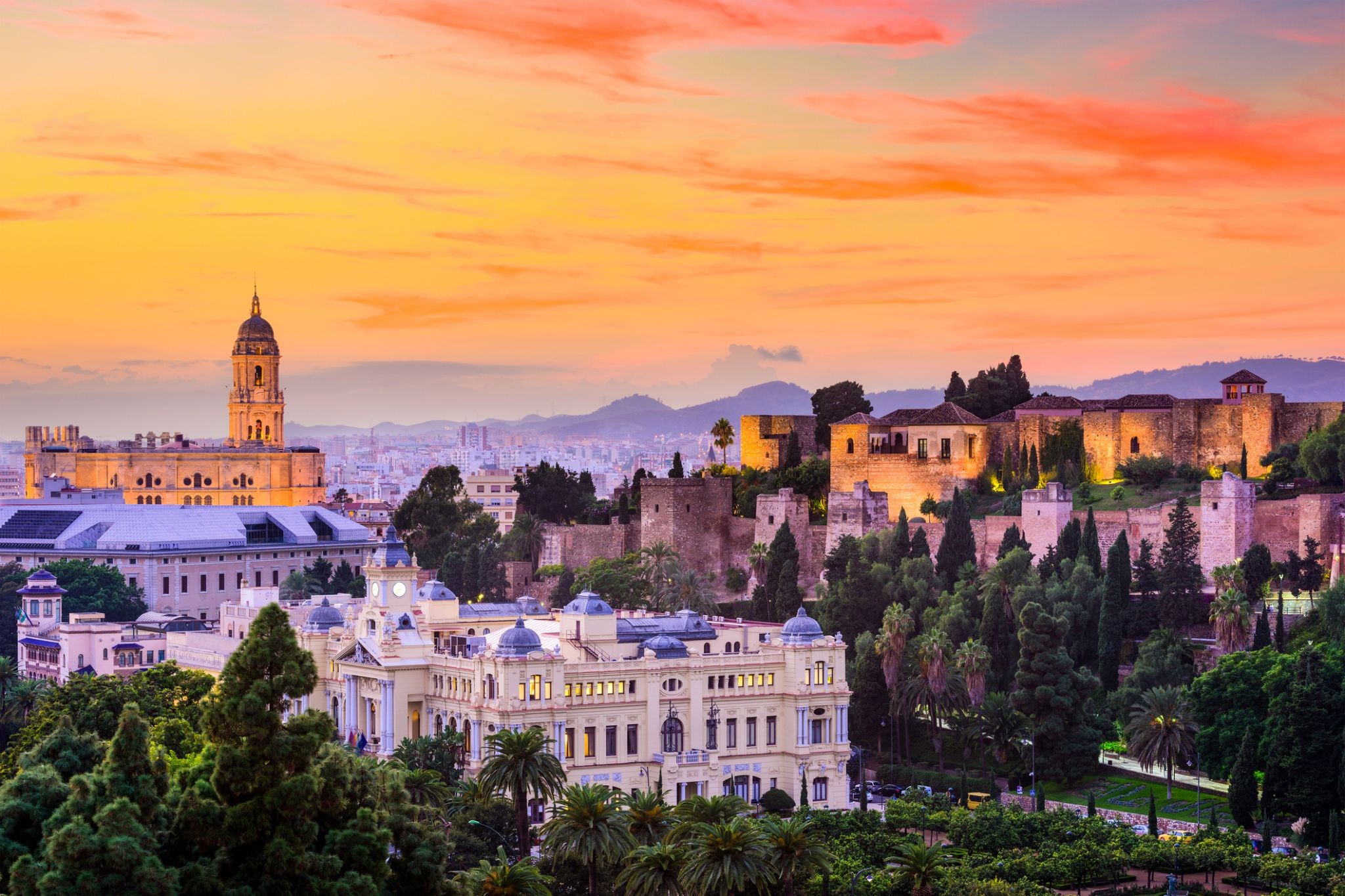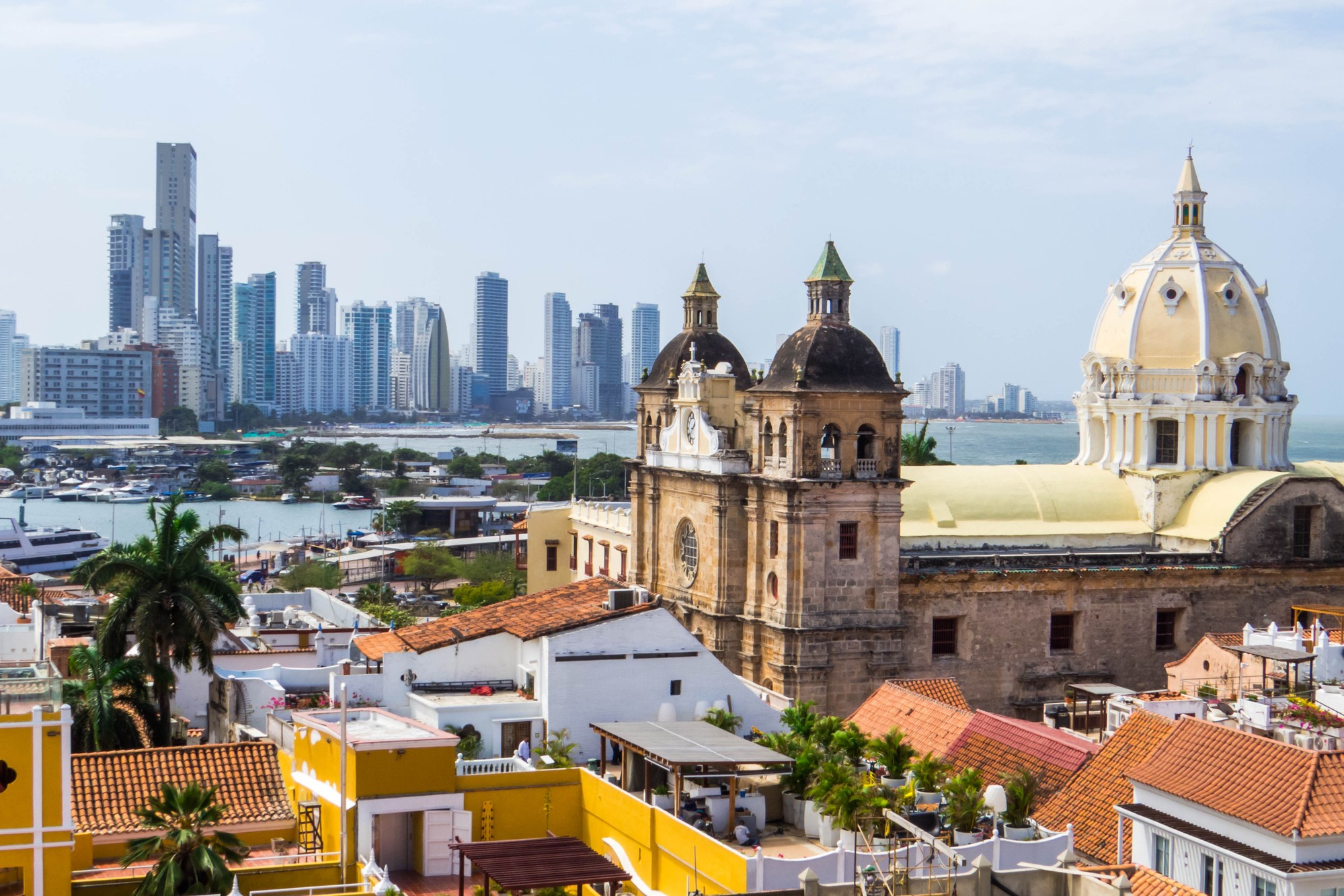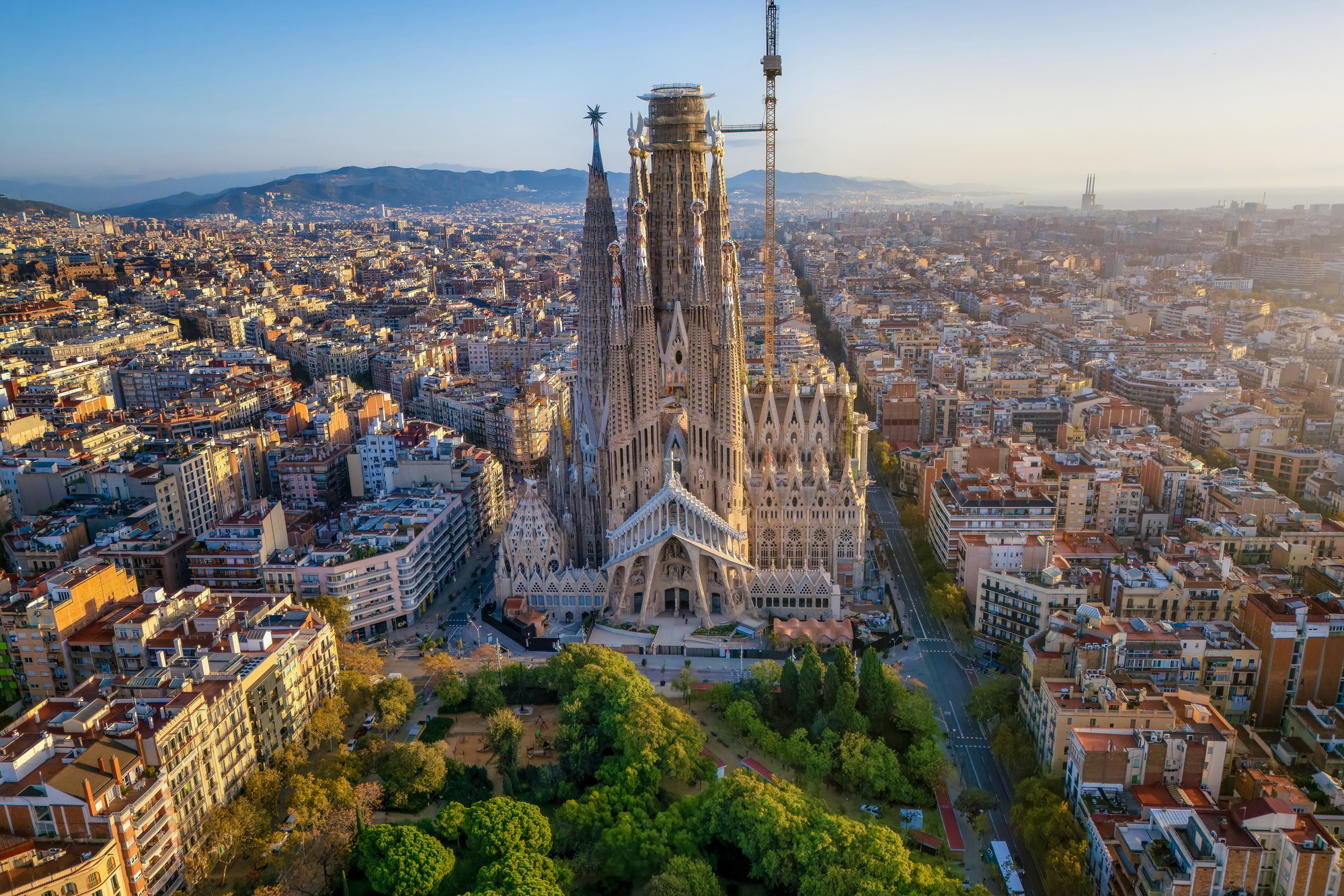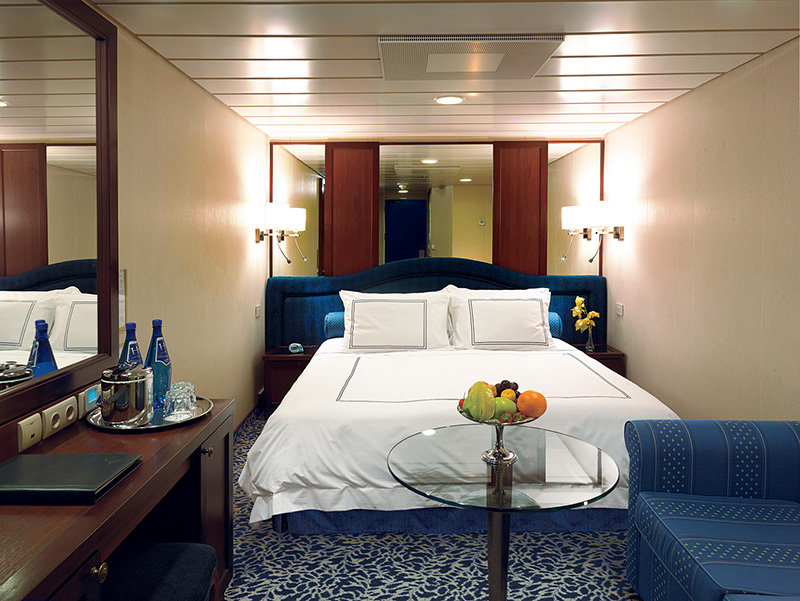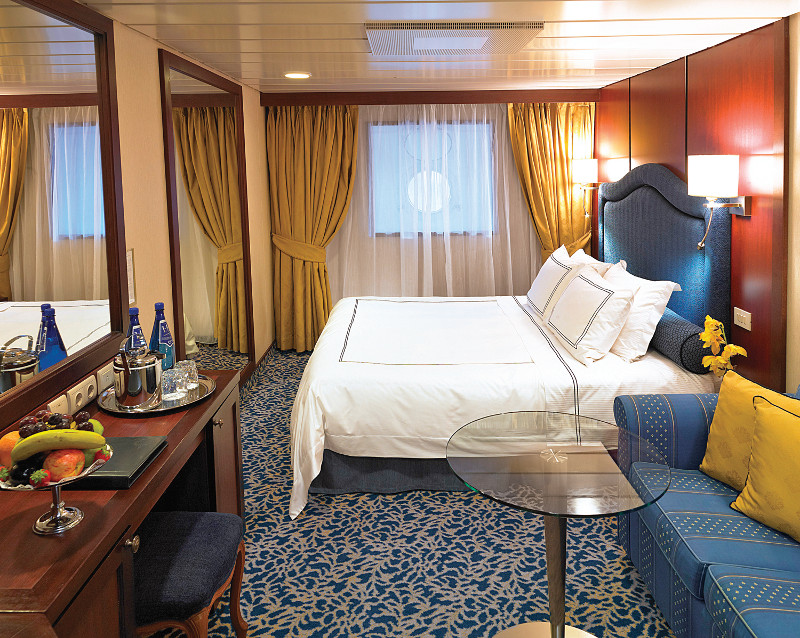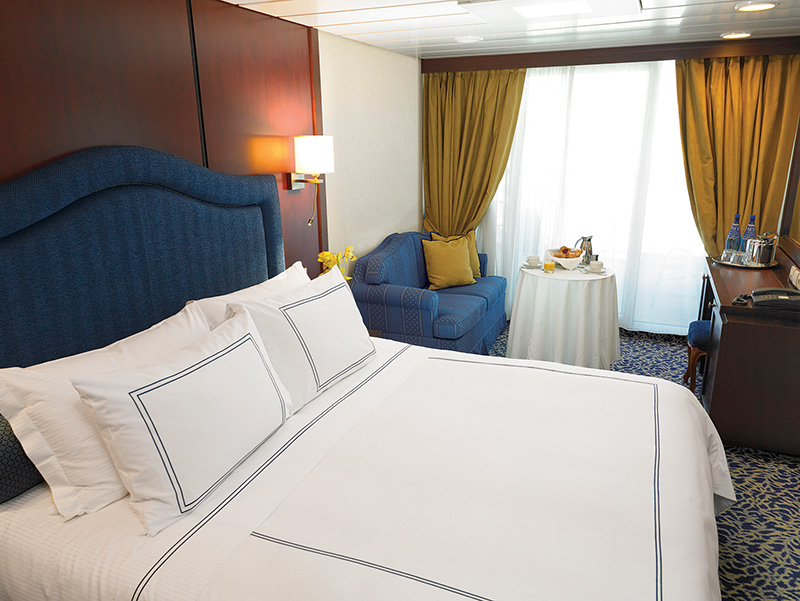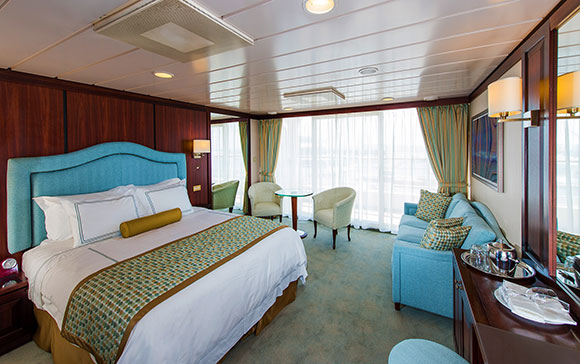
Rejs 30 941 164
Ostateczna Europa Zachodnia
| Region rejsu : Europa |
| Firma : Oceania Cruises |
| Statek : Insignia |
| Data rozpoczęcia : pt. 11 wrz 2026 |
| Data zakończenia : wt. 06 paź 2026 |
| Liczba nocy : 25 nocy |
Harmonogram
| Dzień | Data | Port | Wypłynięcie | Odpłynięcie |
|---|---|---|---|---|
| 1 | 11.09 pt. | Londyn / Wielka Brytania | 07:00 | 17:00 |
| 2 | 12.09 sob. | IJmuiden | 07:00 | 17:00 |
| 3 | 13.09 niedz. | Dzień na morzu / Morze | ||
| 4 | 14.09 pon. | Edynburg / Wielka Brytania | 07:00 | 17:00 |
| 5 | 15.09 wt. | Aberdeen / Wielka Brytania | 05:00 | 17:00 |
| 6 | 16.09 śr. | Lerwick / Wielka Brytania | 07:00 | 16:00 |
| 7 | 17.09 czw. | Portree / Wielka Brytania | 09:00 | 17:00 |
| 8 | 18.09 pt. | Belfast / Wielka Brytania | 10:00 | 19:00 |
| 9 | 19.09 sob. | Dublin / Irlandia | 07:00 | 17:00 |
| 10 | 20.09 niedz. | Dzień na morzu / Morze | ||
| 11 | 21.09 pon. | Paryż / Francja | 07:00 | |
| 12 | 22.09 wt. | Paryż / Francja | 17:00 | |
| 13 | 23.09 śr. | Saint Peter Port / Guernsey | 07:00 | 17:00 |
| 14 | 24.09 czw. | Dzień na morzu / Morze | ||
| 15 | 25.09 pt. | Bordeaux / Francja | 07:00 | |
| 16 | 26.09 sob. | Bordeaux / Francja | 17:00 | |
| 17 | 27.09 niedz. | Bilbao / Hiszpania | 10:00 | 18:00 |
| 18 | 28.09 pon. | Gijon / Hiszpania | 07:00 | 17:00 |
| 19 | 29.09 wt. | La Coruna / Hiszpania | 07:00 | 17:00 |
| 20 | 30.09 śr. | Porto / Portugalia | 08:00 | 17:00 |
| 21 | 1.10 czw. | Lizbona / Portugalia | 07:00 | 15:00 |
| 22 | 2.10 pt. | Sewilla / Hiszpania | 12:00 | 20:00 |
| 23 | 3.10 sob. | Malaga / Hiszpania | 08:00 | 20:00 |
| 24 | 4.10 niedz. | Cartagena de Indias / Kolumbia | 10:00 | 18:00 |
| 25 | 5.10 pon. | Palma de Mallorca / Hiszpania | 09:00 | 18:00 |
| 26 | 6.10 wt. | Barcelona / Hiszpania | 07:00 | 17:00 |
-
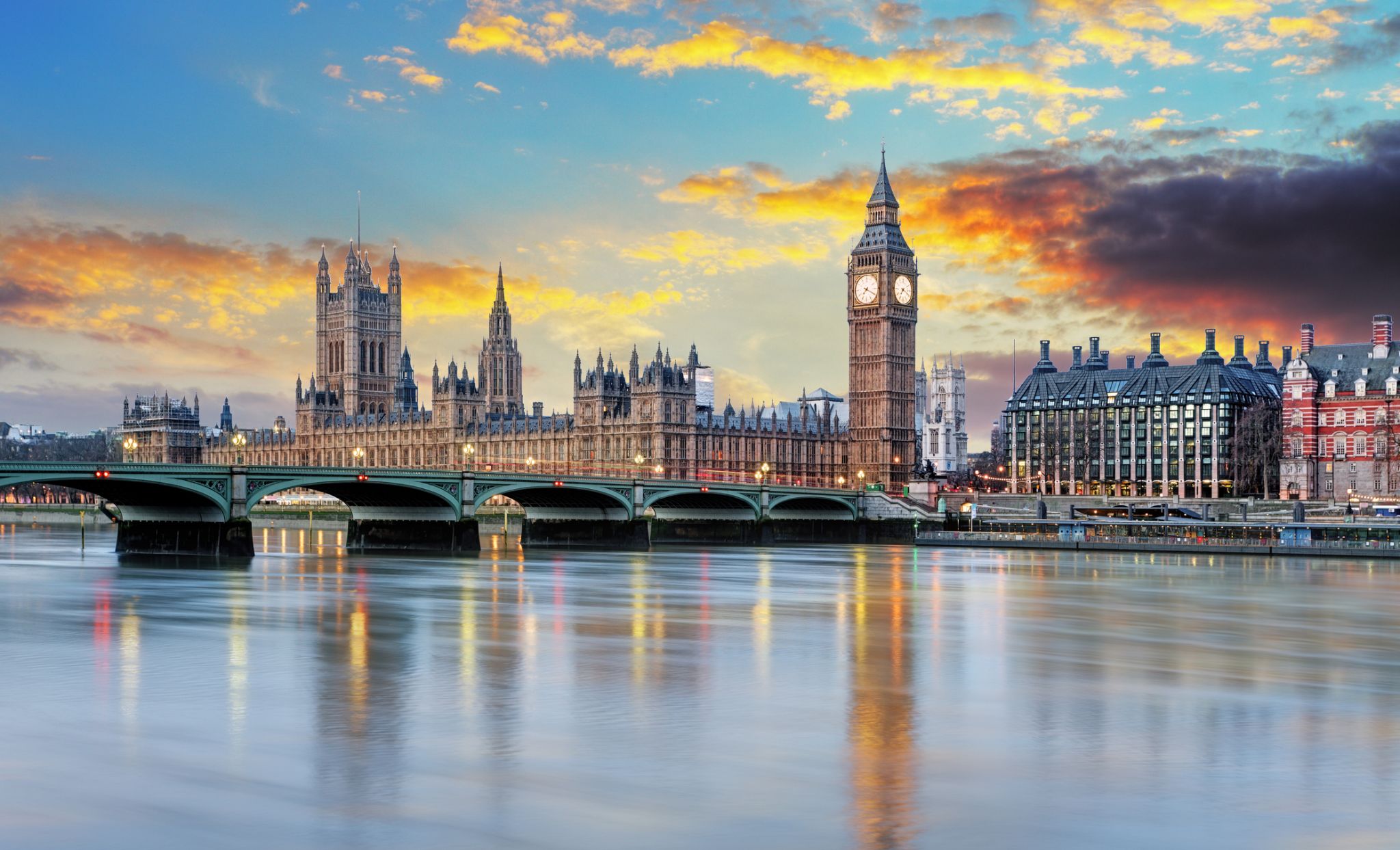 Dzień 1: 07:00-17:00
Dzień 1: 07:00-17:00Londyn / Wielka Brytania
-
 Dzień 2: 07:00-17:00
Dzień 2: 07:00-17:00IJmuiden
-
 Dzień 3:
Dzień 3:Dzień na morzu / Morze
-
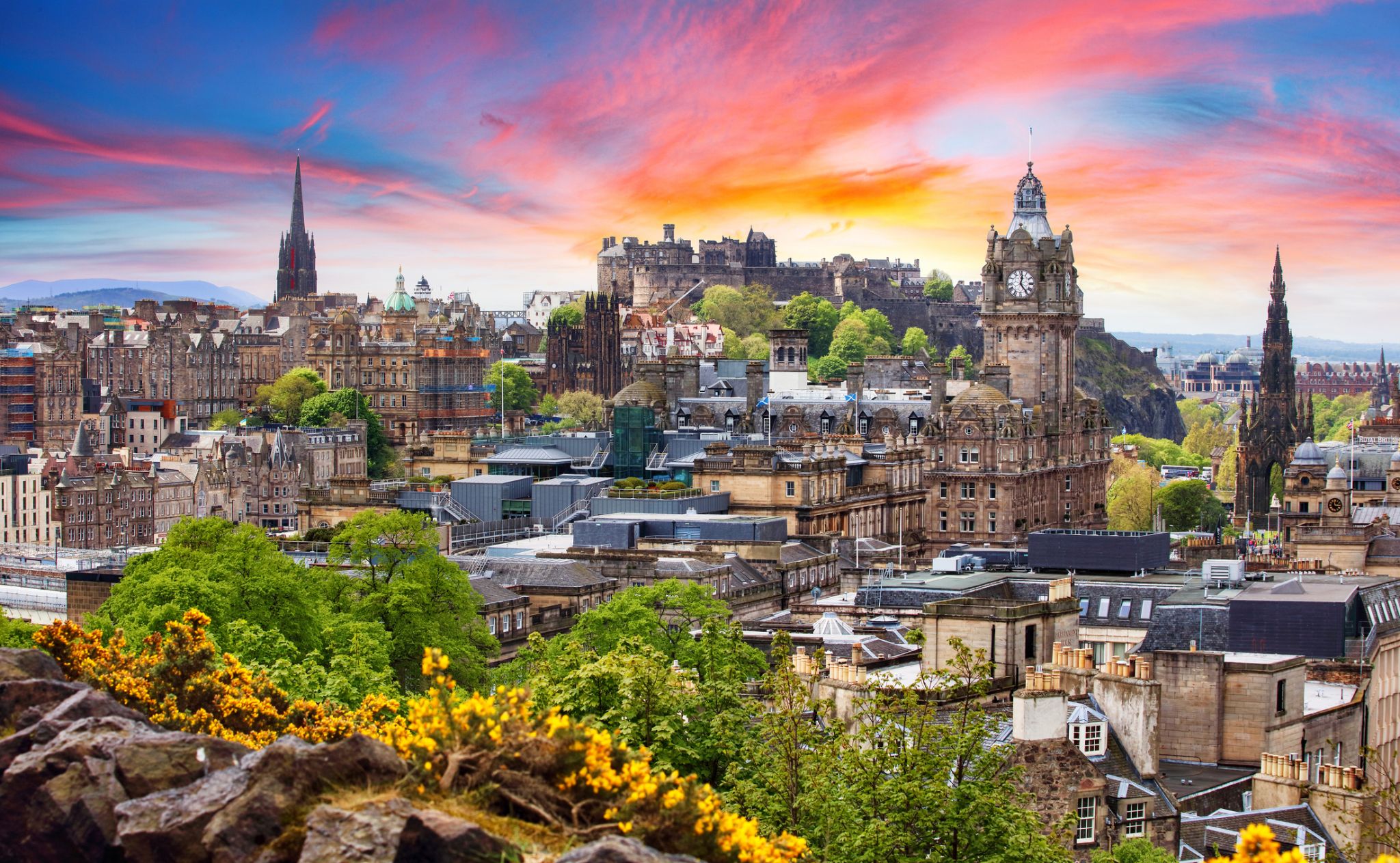 Dzień 4: 07:00-17:00
Dzień 4: 07:00-17:00Edynburg / Wielka Brytania
-
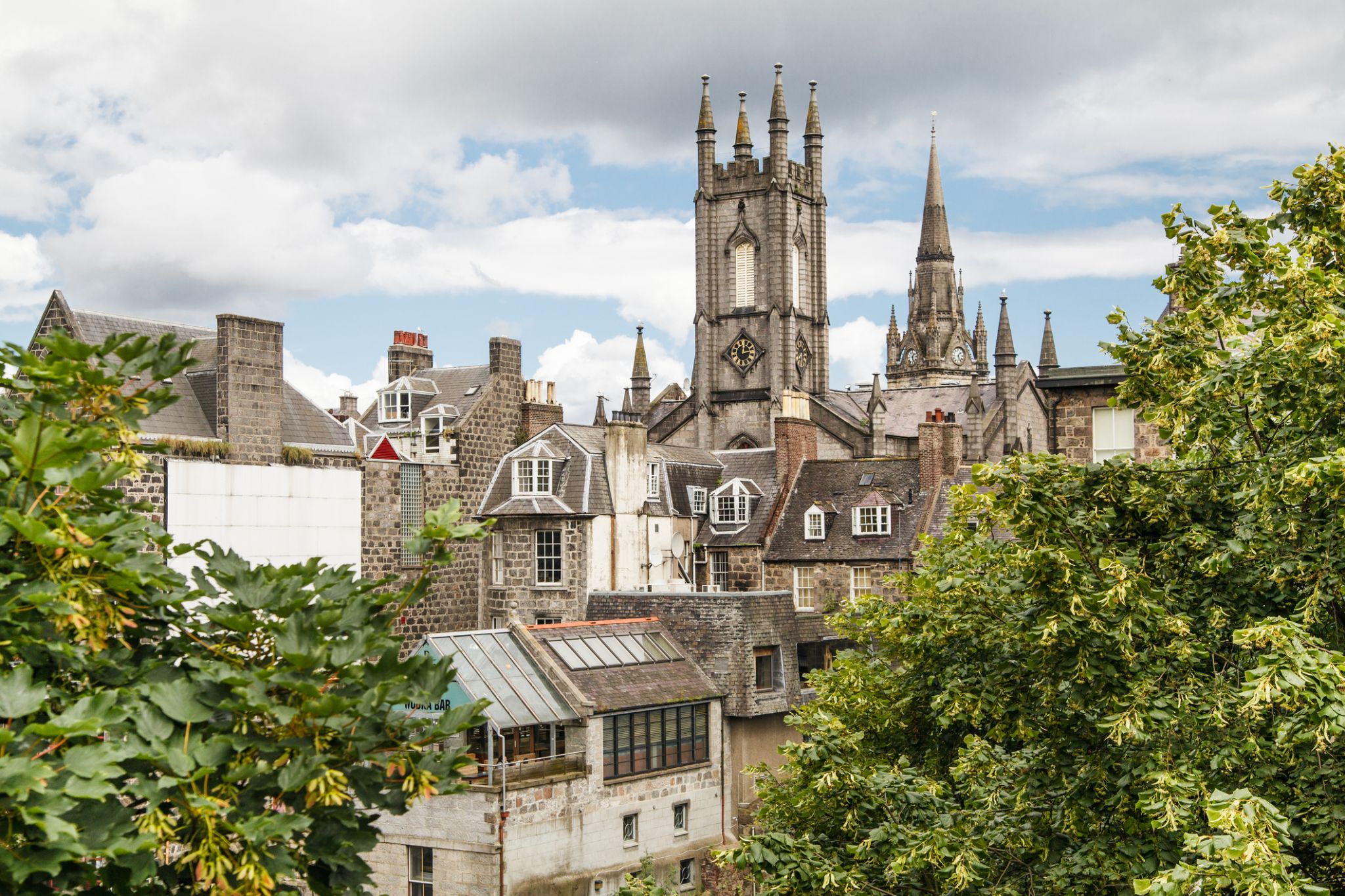 Dzień 5: 05:00-17:00
Dzień 5: 05:00-17:00Aberdeen / Wielka Brytania
-
 Dzień 6: 07:00-16:00
Dzień 6: 07:00-16:00Lerwick / Wielka Brytania
-
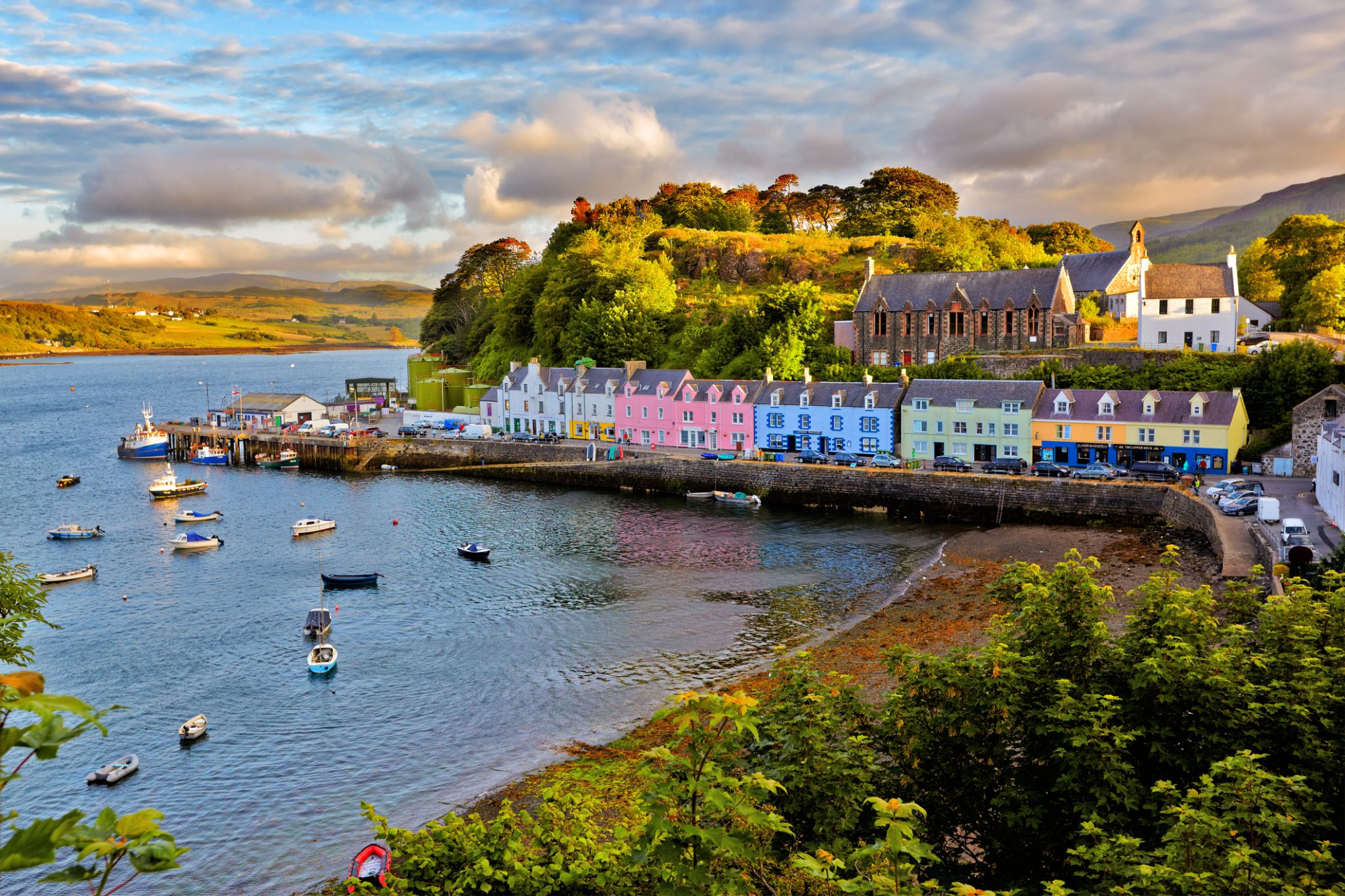 Dzień 7: 09:00-17:00
Dzień 7: 09:00-17:00Portree / Wielka Brytania
-
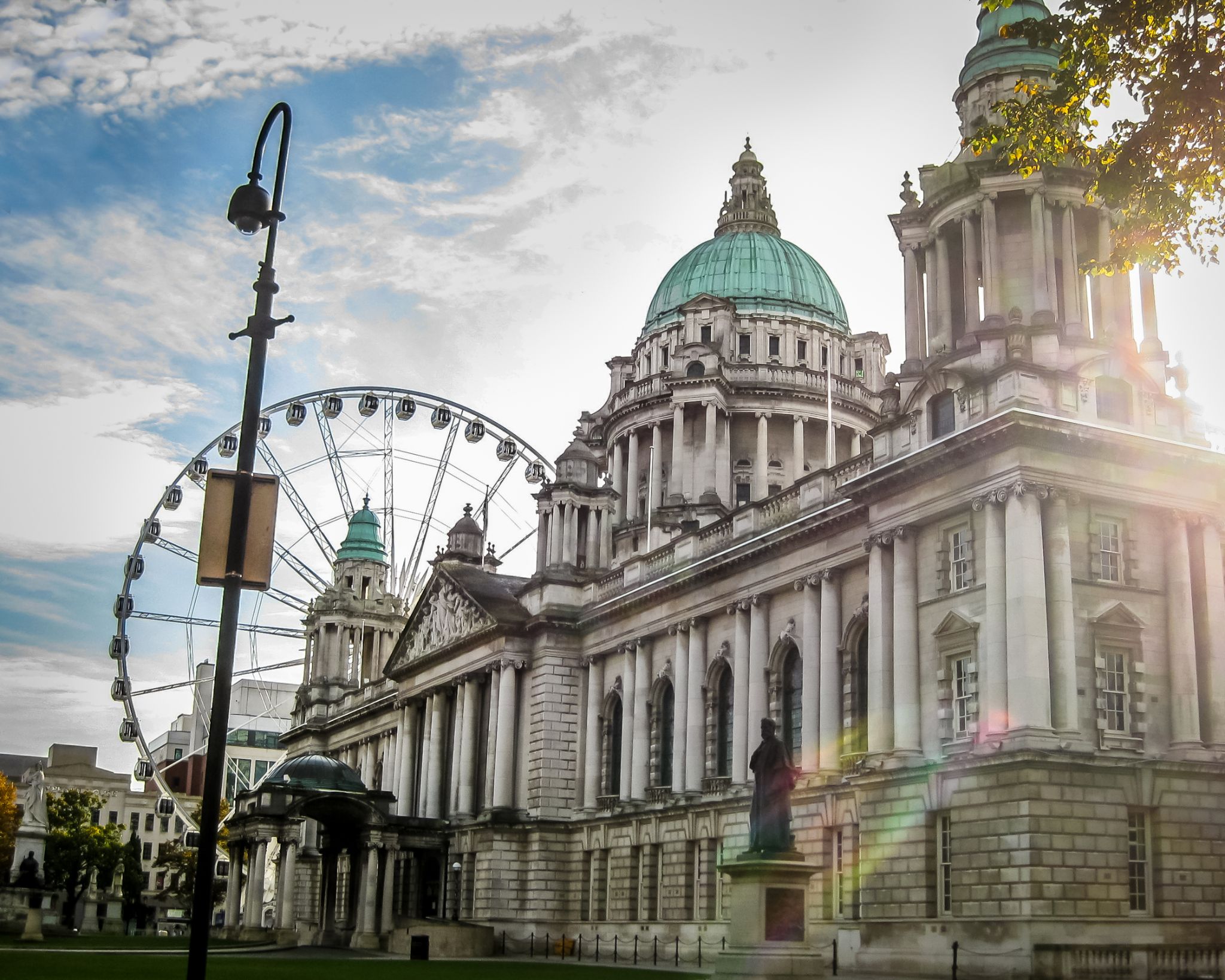 Dzień 8: 10:00-19:00
Dzień 8: 10:00-19:00Belfast / Wielka Brytania
Belfast is a port city in the United Kingdom and the capital city of Northern Ireland, on the banks of the River Lagan on the east coast of Ireland. It is the largest city in Northern Ireland and second largest on the island of Ireland. It had a population of 333,871 in 2015.
By the early 1800s Belfast was a major port. It played a key role in the Industrial Revolution, becoming the biggest linen producer in the world, earning it the nickname "Linenopolis". By the time it was granted city status in 1888, it was a major centre of Irish linen production, tobacco-processing and rope-making. Shipbuilding was also a key industry; the Harland and Wolff shipyard, where the RMS Titanic was built, was the world's biggest shipyard. It also has a major aerospace and missiles industry. Industrialisation and the inward migration it brought made Belfast Ireland's biggest city and it became the capital of Northern Ireland following the Partition of Ireland in 1922. Its status as a global industrial centre ended in the decades after the Second World War.
Belfast suffered greatly in the Troubles, and in the 1970s and 1980s was one of the world's most dangerous cities. However, the city is now considered to be one of the safest within the United Kingdom. Throughout the 21st century, the city has seen a sustained period of calm, free from the intense political violence of former years and has benefitted from substantial economic and commercial growth. Belfast remains a centre for industry, as well as the arts, higher education, business, and law, and is the economic engine of Northern Ireland. Belfast is still a major port, with commercial and industrial docks dominating the Belfast Lough shoreline, including the Harland and Wolff shipyard. It is served by two airports: George Best Belfast City Airport, and Belfast International Airport 15 miles (24 km) west of the city. It is listed by the Globalization and World Cities Research Network (GaWC) as a Gamma global city.
-
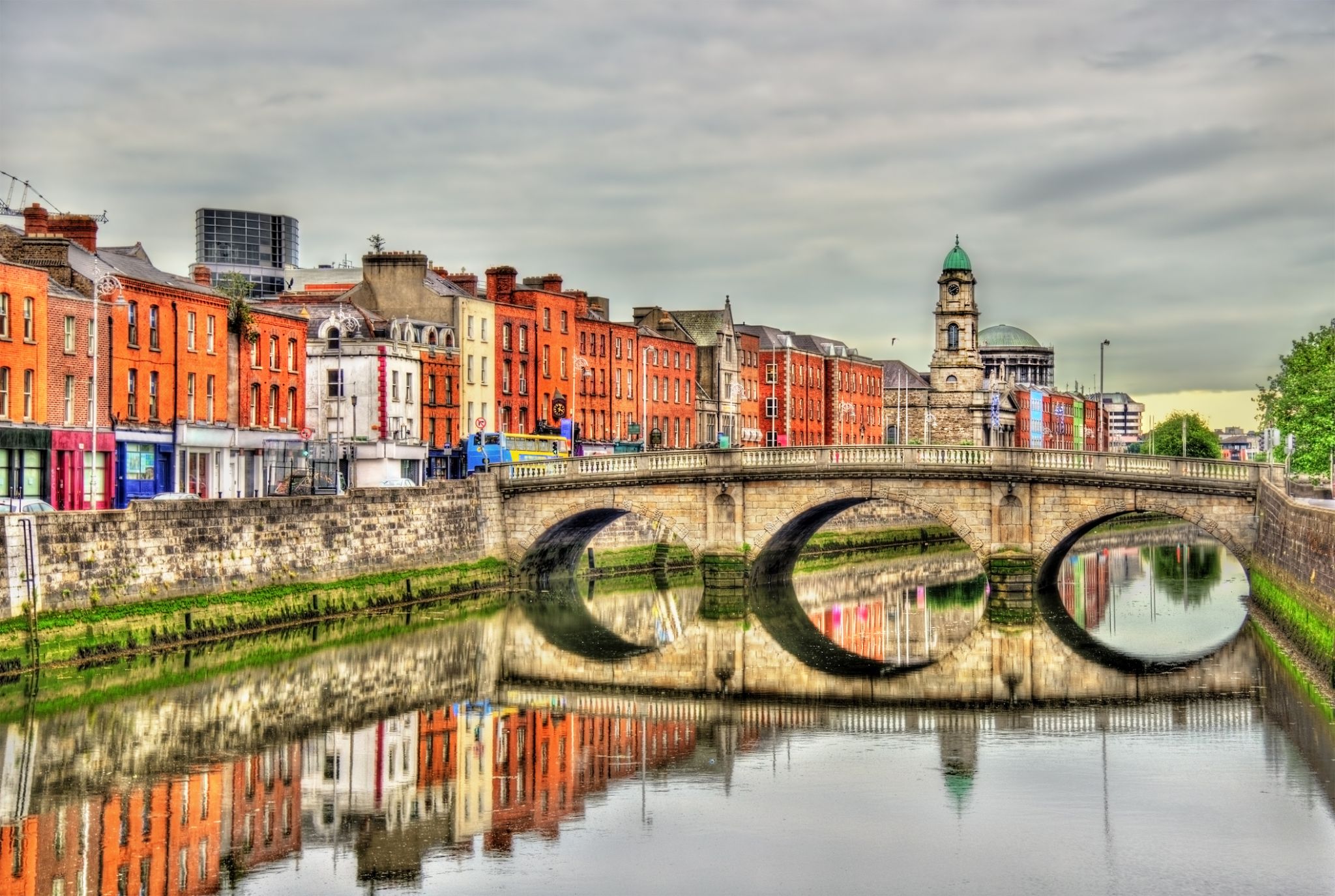 Dzień 9: 07:00-17:00
Dzień 9: 07:00-17:00Dublin / Irlandia
Dublin is the capital of, and largest city in, Ireland. It is on the east coast of Ireland, in the province of Leinster, at the mouth of the River Liffey, and is bordered on the south by the Wicklow mountains. It has an urban area population of 1,173,179, while the population of the Dublin Region (formerly County Dublin), as of 2016, was 1,347,359, and the population of the Greater Dublin area was 1,904,806.
There is archaeological debate regarding precisely where Dublin was established by Celtic-speaking people in the 7th century AD. Later expanded as a Viking settlement, the Kingdom of Dublin, the city became Ireland's principal settlement following the Norman invasion. The city expanded rapidly from the 17th century and was briefly the second largest city in the British Empire before the Acts of Union in 1800. Following the partition of Ireland in 1922, Dublin became the capital of the Irish Free State, later renamed Ireland.
Dublin is a historical and contemporary centre for education, the arts, administration and industry. As of 2018 the city was listed by the Globalization and World Cities Research Network (GaWC) as a global city, with a ranking of "Alpha -", which places it amongst the top thirty cities in the world.
-
 Dzień 10:
Dzień 10:Dzień na morzu / Morze
-
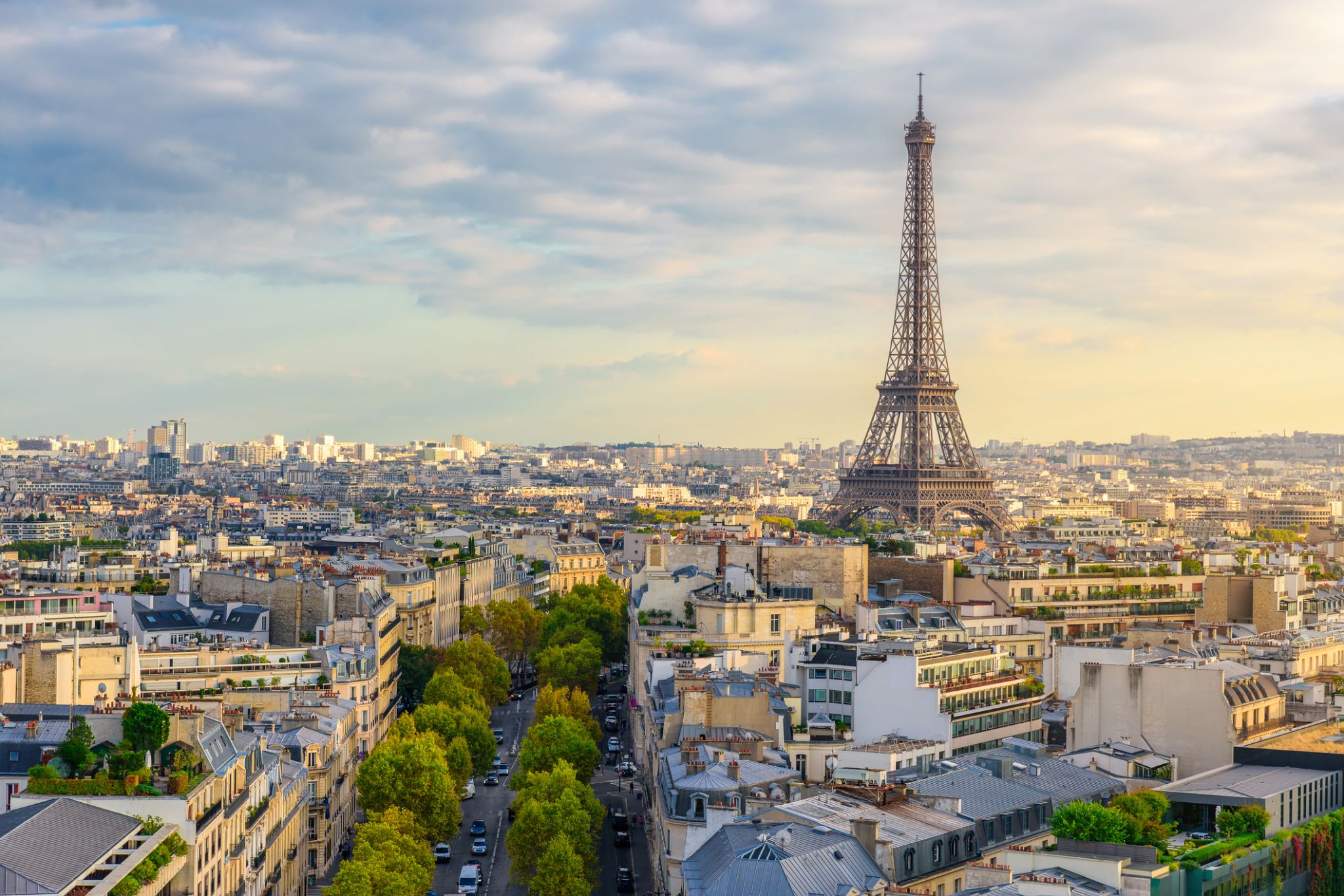 Dzień 11: 07:00
Dzień 11: 07:00Paryż / Francja
the capital of France, on the Seine River; population 2,203,817 (2006). Paris was held by the Romans, who called it Lutetia, and by the Franks, and was established as the capital in 987 under Hugh Capet. It was organized into three parts—the Île de la Cité (an island in the Seine), the Right Bank, and the Left Bank—during the reign of Philippe-Auguste 1180–1223. The city's neoclassical architecture dates from the modernization of the Napoleonic era, which continued under Napoleon III, when the bridges and boulevards of the modern city were built.
-
 Dzień 12: 17:00
Dzień 12: 17:00Paryż / Francja
the capital of France, on the Seine River; population 2,203,817 (2006). Paris was held by the Romans, who called it Lutetia, and by the Franks, and was established as the capital in 987 under Hugh Capet. It was organized into three parts—the Île de la Cité (an island in the Seine), the Right Bank, and the Left Bank—during the reign of Philippe-Auguste 1180–1223. The city's neoclassical architecture dates from the modernization of the Napoleonic era, which continued under Napoleon III, when the bridges and boulevards of the modern city were built.
-
 Dzień 13: 07:00-17:00
Dzień 13: 07:00-17:00Saint Peter Port / Guernsey
-
 Dzień 14:
Dzień 14:Dzień na morzu / Morze
-
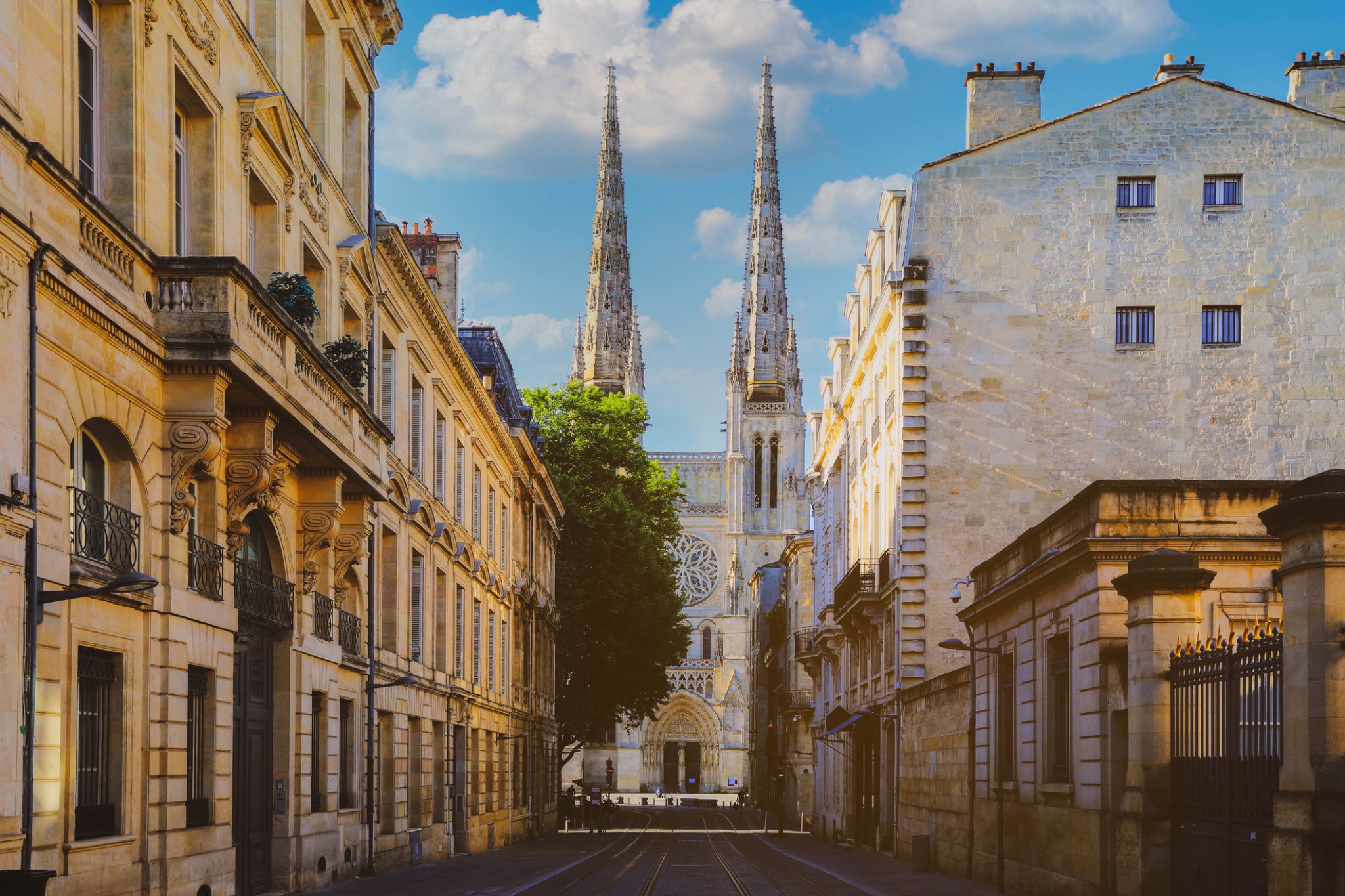 Dzień 15: 07:00
Dzień 15: 07:00Bordeaux / Francja
Bordeaux jest miastem portowym nad Garonną w departamencie Żyronda w południowo-zachodniej Francji.
Sama gmina Bordeaux liczy 246 586 mieszkańców (2014). Wraz z przedmieściami i miastami satelickimi Bordeaux jest centrum metropolii Bordeaux. Z 1 195 335 mieszkańcami w obszarze metropolitalnym jest szóstym co do wielkości we Francji, po Paryżu, Marsylii, Lyonie, Tuluzie i Lille. Jest stolicą regionu Nowa Akwitania, a także prefekturą departamentu Żyronda. Jego mieszkańców nazywa się "Bordelais" (mężczyźni) lub "Bordelaises" (kobiety). Określenie "Bordelais" może również odnosić się do miasta i jego okolic.
Będąc w centrum ważnego regionu uprawy i produkcji wina, Bordeaux pozostaje znaczącym ośrodkiem i wywiera znaczący wpływ na światową branżę winiarską, chociaż w granicach miasta nie odbywa się żadna produkcja wina. Jest siedzibą głównych światowych targów wina, Vinexpo, a gospodarka winiarska w obszarze metropolitalnym przynosi 14,5 miliarda euro rocznie. Wino z Bordeaux jest produkowane w regionie od VIII wieku. Historyczna część miasta znajduje się na Liście Światowego Dziedzictwa UNESCO jako "wyjątkowy zespół miejski i architektoniczny" z XVIII wieku. Po Paryżu Bordeaux ma największą liczbę zachowanych zabytkowych budynków spośród wszystkich miast we Francji.
-
 Dzień 16: 17:00
Dzień 16: 17:00Bordeaux / Francja
Bordeaux jest miastem portowym nad Garonną w departamencie Żyronda w południowo-zachodniej Francji.
Sama gmina Bordeaux liczy 246 586 mieszkańców (2014). Wraz z przedmieściami i miastami satelickimi Bordeaux jest centrum metropolii Bordeaux. Z 1 195 335 mieszkańcami w obszarze metropolitalnym jest szóstym co do wielkości we Francji, po Paryżu, Marsylii, Lyonie, Tuluzie i Lille. Jest stolicą regionu Nowa Akwitania, a także prefekturą departamentu Żyronda. Jego mieszkańców nazywa się "Bordelais" (mężczyźni) lub "Bordelaises" (kobiety). Określenie "Bordelais" może również odnosić się do miasta i jego okolic.
Będąc w centrum ważnego regionu uprawy i produkcji wina, Bordeaux pozostaje znaczącym ośrodkiem i wywiera znaczący wpływ na światową branżę winiarską, chociaż w granicach miasta nie odbywa się żadna produkcja wina. Jest siedzibą głównych światowych targów wina, Vinexpo, a gospodarka winiarska w obszarze metropolitalnym przynosi 14,5 miliarda euro rocznie. Wino z Bordeaux jest produkowane w regionie od VIII wieku. Historyczna część miasta znajduje się na Liście Światowego Dziedzictwa UNESCO jako "wyjątkowy zespół miejski i architektoniczny" z XVIII wieku. Po Paryżu Bordeaux ma największą liczbę zachowanych zabytkowych budynków spośród wszystkich miast we Francji.
-
 Dzień 17: 10:00-18:00
Dzień 17: 10:00-18:00Bilbao / Hiszpania
Bilbao is a city in northern Spain, the largest city in the province of Biscay and in the Basque Country as a whole. It is also the largest city proper in northern Spain. Bilbao is the tenth largest city in Spain, with a population of 345,141 as of 2015. The Bilbao metropolitan area has roughly 1 million inhabitants, making it one of the most populous metropolitan areas in northern Spain; with a population of 875,552 the comarca of Greater Bilbao is the fifth-largest urban area in Spain. Bilbao is also the main urban area in what is defined as the Greater Basque region.
Bilbao is situated in the north-central part of Spain, some 16 kilometres (10 mi) south of the Bay of Biscay, where the economic social development is located, where the estuary of Bilbao is formed. Its main urban core is surrounded by two small mountain ranges with an average elevation of 400 metres (1,300 ft). Its climate is shaped by the Bay of Biscay low-pressure systems and mild air, moderating summer temperatures by Iberian standards, with low sunshine and high rainfall. The annual temperature range is low for its latitude.
After its foundation in the early 14th century by Diego López V de Haro, head of the powerful Haro family, Bilbao was a commercial hub of the Basque Country that enjoyed significant importance in Green Spain. This was due to its port activity based on the export of iron extracted from the Biscayan quarries. Throughout the nineteenth century and the beginning of the twentieth, Bilbao experienced heavy industrialisation, making it the centre of the second-most industrialised region of Spain, behind Barcelona. At the same time an extraordinary population explosion prompted the annexation of several adjacent municipalities. Nowadays, Bilbao is a vigorous service city that is experiencing an ongoing social, economic, and aesthetic revitalisation process, started by the iconic Bilbao Guggenheim Museum, and continued by infrastructure investments, such as the airport terminal, the rapid transit system, the tram line, the Azkuna Zentroa, and the currently under development Abandoibarra and Zorrozaurrerenewal projects.
Bilbao is also home to football club Athletic Club de Bilbao, a significant symbol for Basque nationalism due to its promotion of only Basque players and one of the most successful clubs in Spanish football history.
On 19 May 2010, the city of Bilbao was recognised with the Lee Kuan Yew World City Prize, awarded by the city state of Singapore, in collaboration with the Swedish Nobel Academy. Considered the Nobel Prize for urbanism, it was handed out on 29 June 2010. On 7 January 2013, its mayor, Iñaki Azkuna, received the 2012 World Mayor Prize awarded every two years by the British foundation The City Mayors Foundation, in recognition of the urban transformation experienced by the Biscayan capital since the 1990s. On 8 November 2017, Bilbao was chosen the Best European City 2018 at The Urbanism Awards 2018, awarded by the international organisation The Academy of Urbanism.
-
 Dzień 18: 07:00-17:00
Dzień 18: 07:00-17:00Gijon / Hiszpania
-
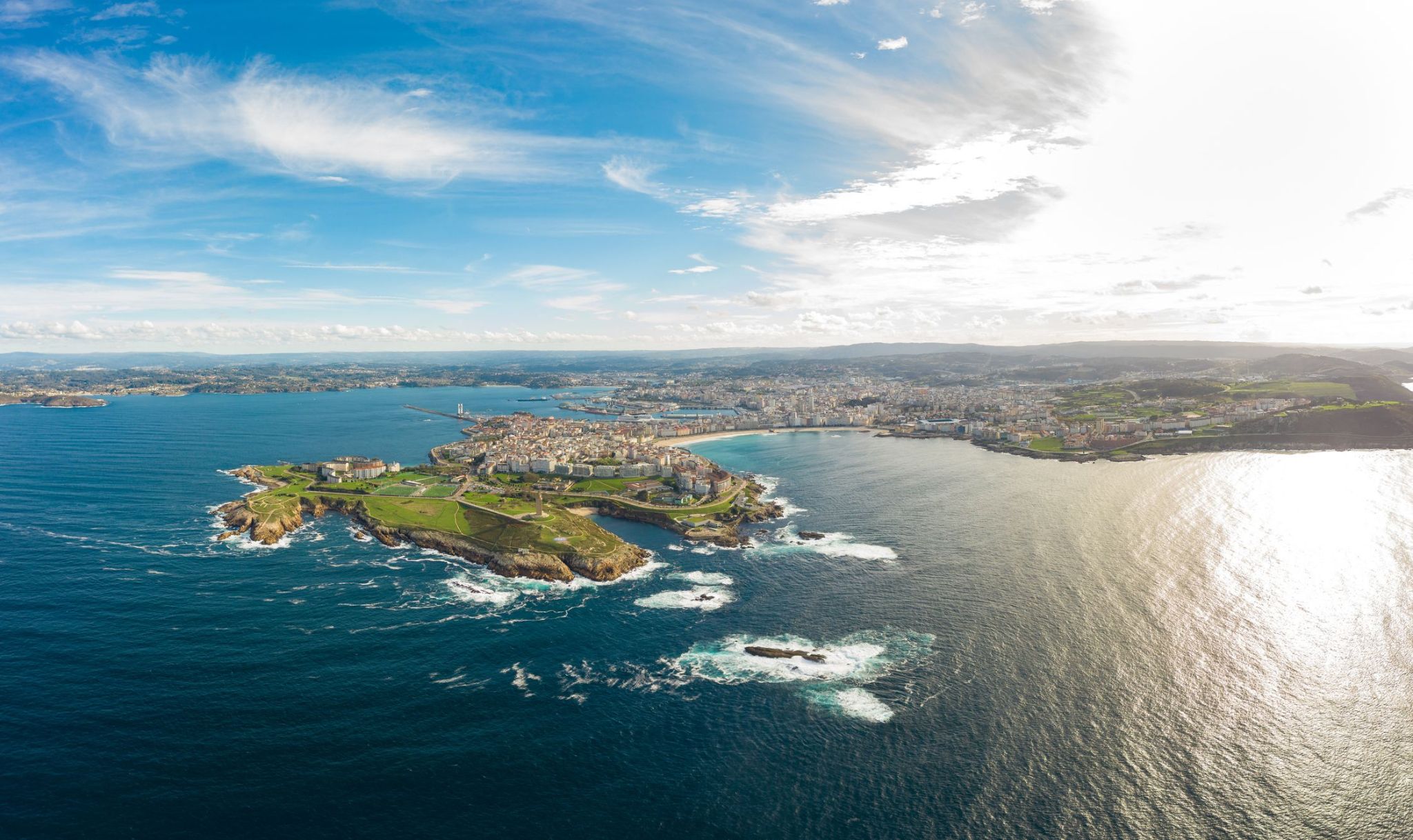 Dzień 19: 07:00-17:00
Dzień 19: 07:00-17:00La Coruna / Hiszpania
A Coruña is a city and municipality of Galicia, Spain. It is the second most populated city in the autonomous community and seventeenth overall in the country. The city is the provincial capital of the province of the same name, having also served as political capital of the Kingdom of Galicia from the 16th to the 19th centuries, and as a regional administrative centre between 1833 and 1982, before being replaced by Santiago de Compostela.
A Coruña is a busy port located on a promontory in the Golfo Ártabro, a large gulf on the Atlantic Ocean. It provides a distribution point for agricultural goods from the region.
-
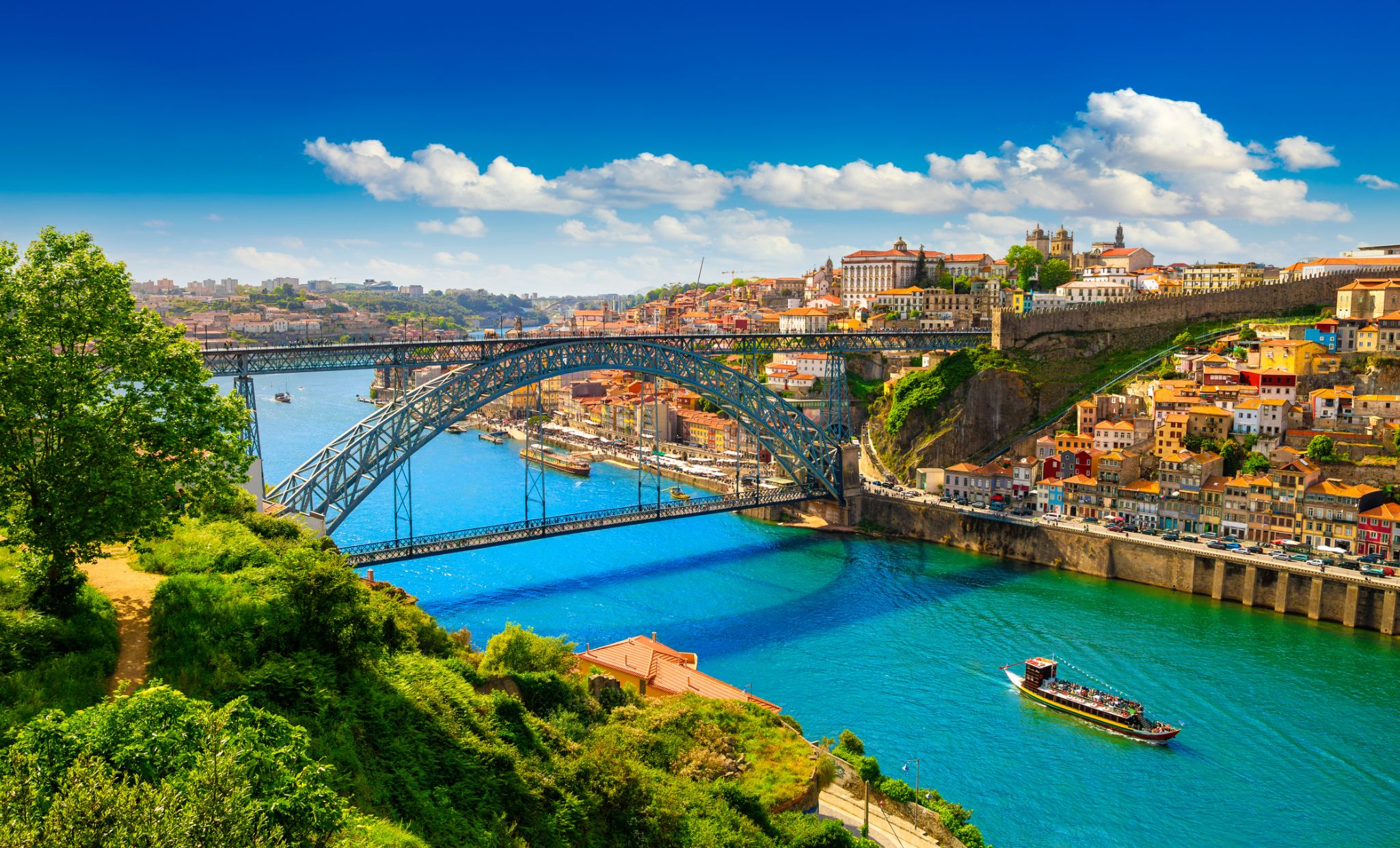 Dzień 20: 08:00-17:00
Dzień 20: 08:00-17:00Porto / Portugalia
Порту является вторым по величине городом Португалии после Лиссабона и одним из крупных городских районов Пиренейского полуострова. Население самого города составляет 237 591 человек, а в столичном районе Порту, который выходит за административные пределы города, проживает 1,9 миллиона человек (2011 год) на площади 2 395 км2 (925 кв. Миль), что делает его вторым самый большой городской район в Португалии. Он признан глобальным городом гамма-уровня Исследовательской группой по глобализации и глобальным городам (GaWC), единственным португальским городом, кроме Лиссабона, который был признан глобальным городом.
Расположенный вдоль устья реки Дору на севере Португалии, Порту является одним из старейших европейских центров, и его историческое ядро было объявлено ЮНЕСКО объектом Всемирного наследия в 1996 году. Западная часть его городской территории простирается до береговой линии Атлантического океана. Его поселение датируется много веков, когда он был форпостом Римской империи. Его объединенное кельтско-латинское имя, Portus Cale, было названо происхождением названия «Португалия», основанного на транслитерации и устной эволюции от латыни. На португальском языке название города пишется с определенной статьей о Порту ; следовательно, его английское название произошло от неправильного толкования устного произношения и упоминается как Опорто в современной литературе и многими ораторами.
-
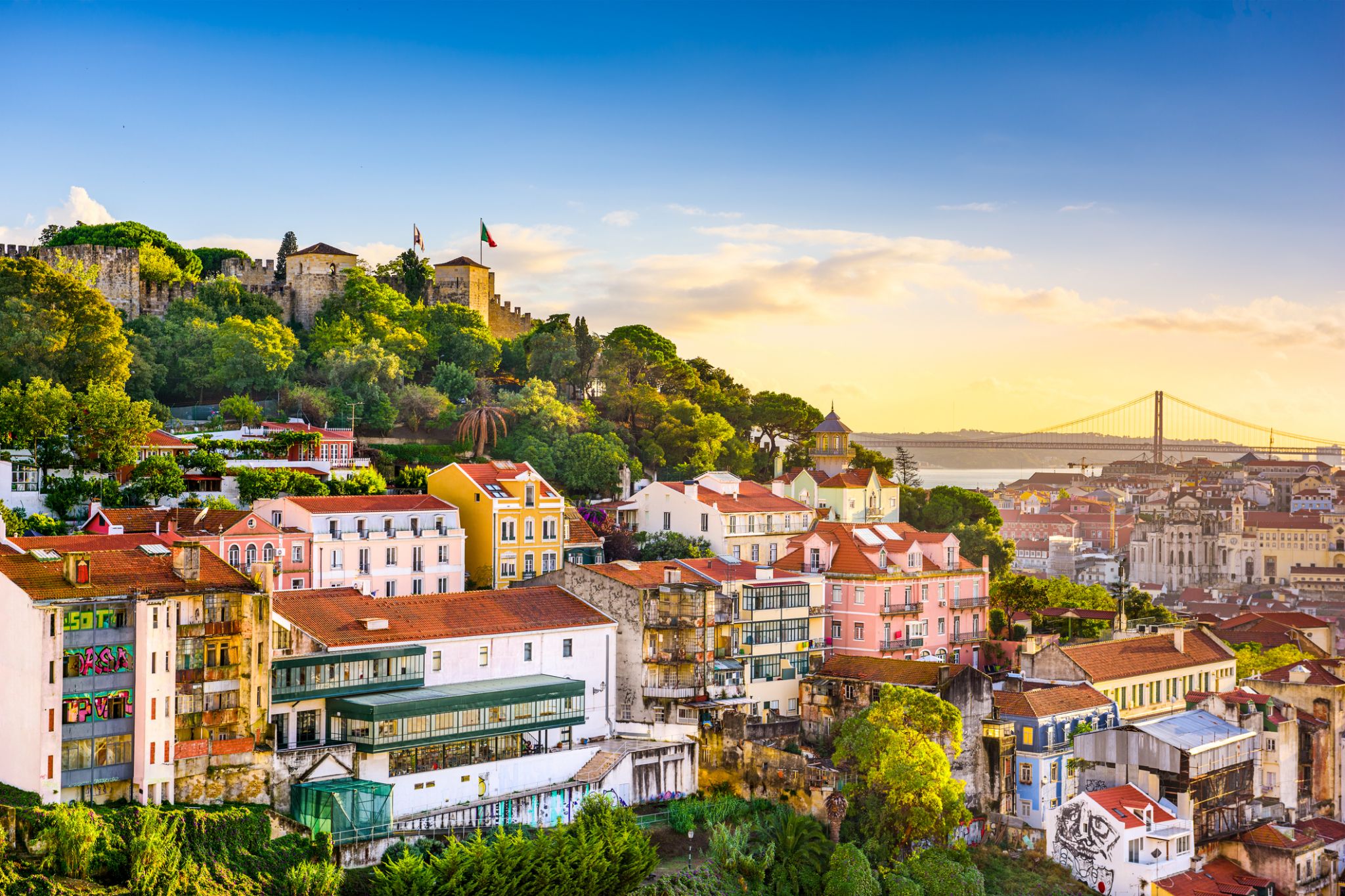 Dzień 21: 07:00-15:00
Dzień 21: 07:00-15:00Lizbona / Portugalia
Lizbona jest stolicą i największym miastem Portugalii, z szacowaną populacją 505 526 mieszkańców w granicach administracyjnych na obszarze 100,05 km². Jej obszar miejski rozciąga się poza granice administracyjne miasta i liczy około 2,8 miliona mieszkańców, co czyni go jedenastym najbardziej zaludnionym obszarem miejskim w Unii Europejskiej. Około 3 milionów ludzi mieszka w aglomeracji lizbońskiej (która stanowi około 27% populacji kraju). Jest to najbardziej wysunięta na zachód stolica kontynentalnej Europy i jedyna położona nad Oceanem Atlantyckim. Lizbona leży na zachodnim Półwyspie Iberyjskim nad Oceanem Atlantyckim i rzeką Tag. Najbardziej wysunięte na zachód obszary jej aglomeracji tworzą najbardziej wysunięty na zachód punkt kontynentalnej Europy, znany jako Cabo da Roca, położony w górach Sintra.
-
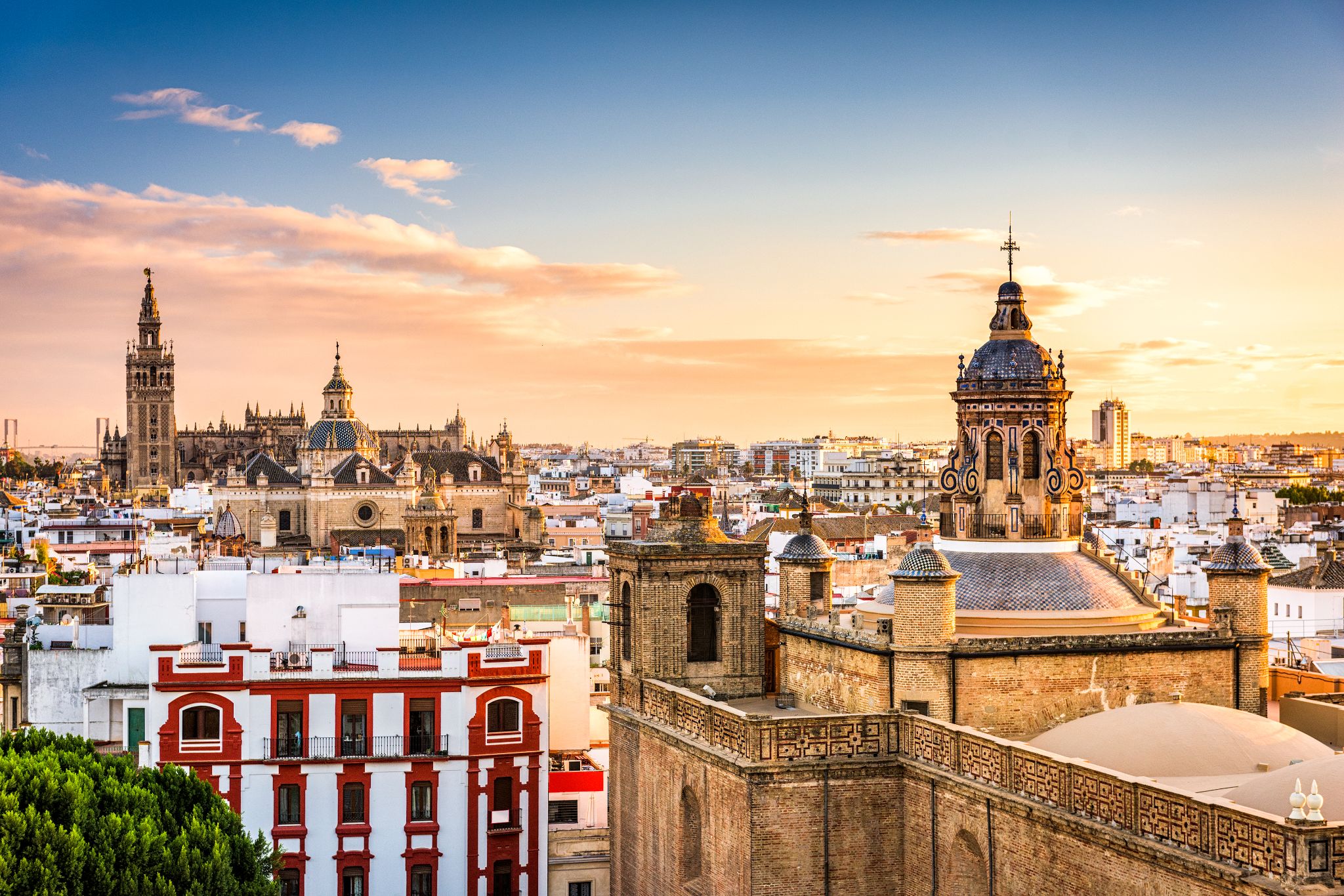 Dzień 22: 12:00-20:00
Dzień 22: 12:00-20:00Sewilla / Hiszpania
Sewilla jest stolicą i największym miastem autonomicznej wspólnoty Andaluzji oraz prowincji Sewilla w Hiszpanii. Położona jest na równinie rzeki Gwadalkiwir. Mieszkańców miasta nazywa się sevillanos (forma żeńska: sevillanas) lub hispalenses, od rzymskiej nazwy miasta, Hispalis. Sewilla liczy około 690 000 mieszkańców (dane z 2016 roku), a jej obszar metropolitalny około 1,5 miliona, co czyni ją czwartym co do wielkości miastem w Hiszpanii i 30. najbardziej zaludnioną gminą w Unii Europejskiej. Jej Stare Miasto o powierzchni 4 kilometrów kwadratowych (2 mile kwadratowe) zawiera trzy obiekty światowego dziedzictwa UNESCO: zespół pałacowy Alcázar, Katedrę i Archiwum Indii. Port w Sewilli, położony około 80 kilometrów (50 mil) od Oceanu Atlantyckiego, jest jedynym portem rzecznym w Hiszpanii.
-
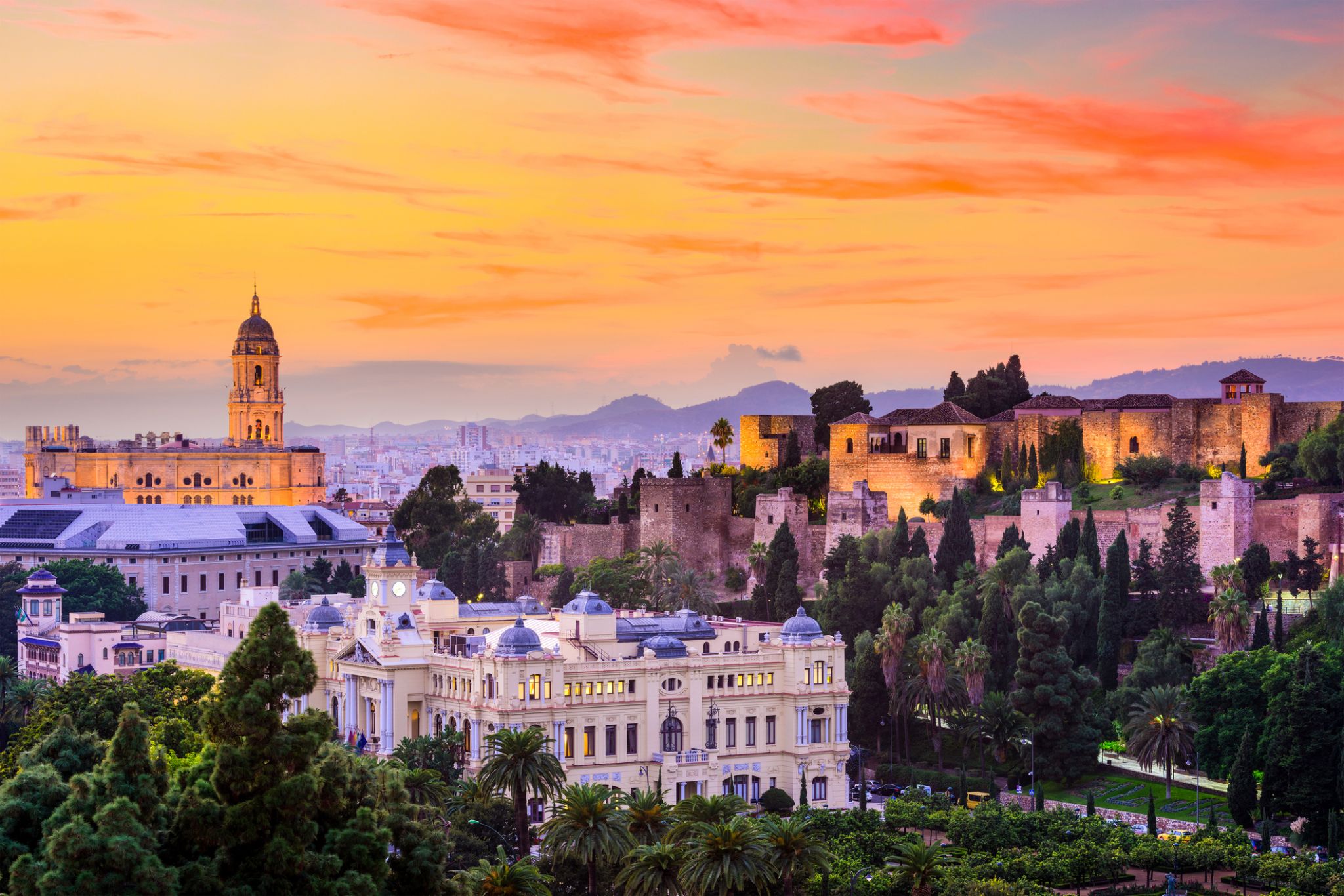 Dzień 23: 08:00-20:00
Dzień 23: 08:00-20:00Malaga / Hiszpania
Málaga is a municipality, capital of the Province of Málaga, in the Autonomous Community of Andalusia, Spain. With a population of 569,130 in 2015, it is the second-most populous city of Andalusia and the sixth-largest in Spain. The southernmost large city in Europe, it lies on the Costa del Sol (Coast of the Sun) of the Mediterranean, about 100 kilometres (62.14 miles) east of the Strait of Gibraltar and about 130 km (80.78 mi) north of Africa.
Málaga's history spans about 2,800 years, making it one of the oldest cities in the world. According to most scholars, it was founded about 770 BC by the Phoenicians as Malaka From the 6th century BC the city was under the hegemony of Ancient Carthage, and from 218 BC, it was ruled by the Roman Republic and then empire as Malaca (Latin). After the fall of the empire and the end of Visigothic rule, it was under Islamic rule as Mālaqah for 800 years, but in 1487, the Crown of Castille gained control after the Reconquista. The archaeological remains and monuments from the Phoenician, Roman, Arabic and Christian eras make the historic center of the city an "open museum", displaying its history of nearly 3,000 years.
This important cultural infrastructure and the artistic heritage have culminated in the nomination of Málaga as a candidate for the 2016 European Capital of Culture.
The painter and sculptor Pablo Picasso, Hebrew poet and Jewish philosopher Solomon Ibn Gabirol and the actor Antonio Banderas were born in Málaga. The magnum opus of Cuban composer Ernesto Lecuona, "Malagueña", is named after the music of this region of Spain.
The most important business sectors in Málaga are tourism, construction and technology services, but other sectors such as transportation and logistics are beginning to expand. The Andalusia Technology Park (PTA), located in Málaga, has enjoyed significant growth since its inauguration in 1992. Málaga is the main economic and financial centre of southern Spain, home of the region's largest bank, Unicaja, and the fourth-ranking city in economic activity in Spain behind Madrid, Barcelona and Valencia.
-
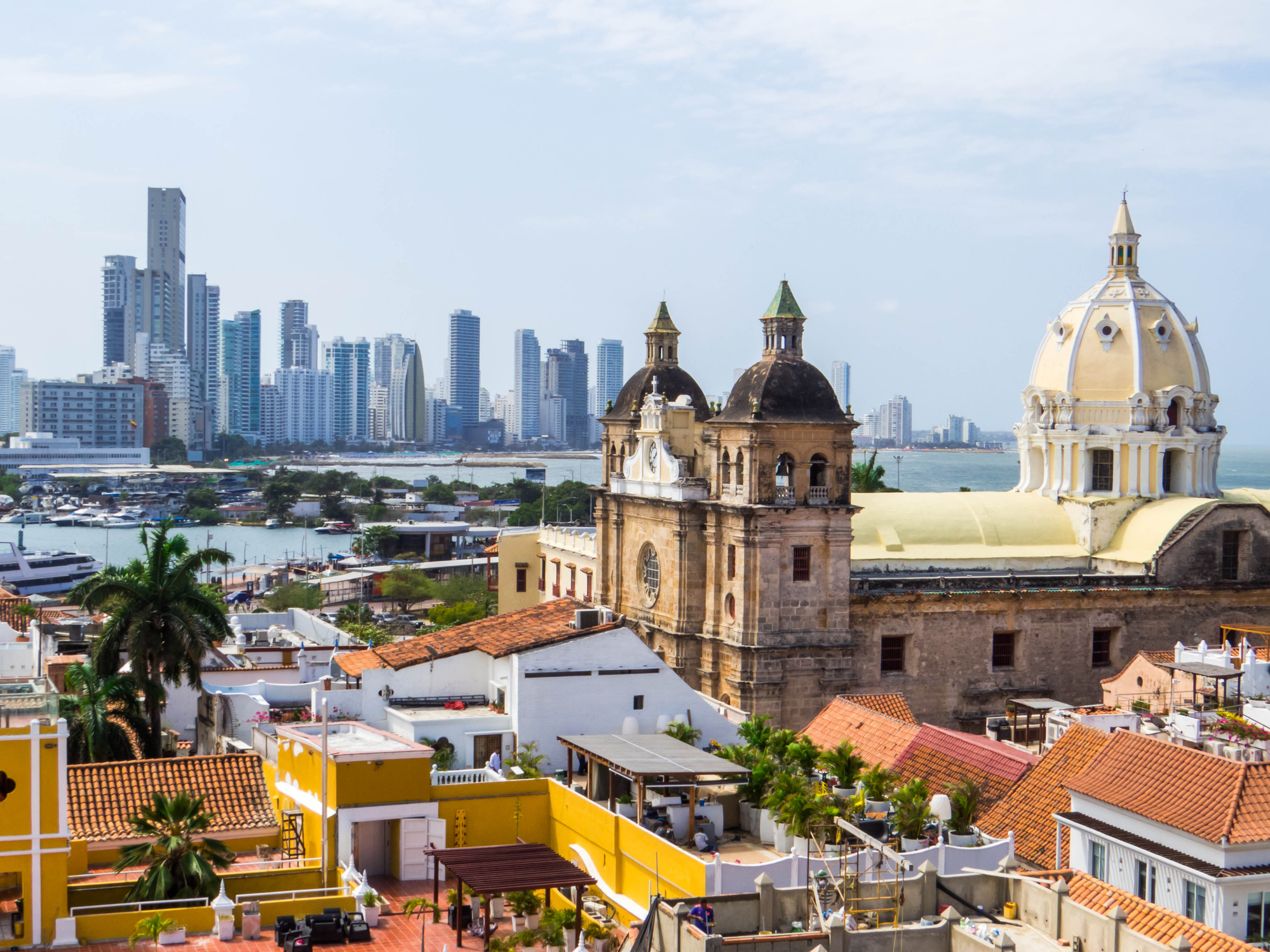 Dzień 24: 10:00-18:00
Dzień 24: 10:00-18:00Cartagena de Indias / Kolumbia
Cartagena de Indias – miasto w północnej Kolumbii, nad Morzem Karaibskim. Jest stolicą departamentu Bolívar. Według spisu ludności z 30 czerwca 2018 roku miasto liczyło 876 885 mieszkańców, co czyniło je trzecim pod względem wielkości populacji miastem kraju.
W mieście rozwinął się przemysł rafineryjny, stoczniowy, chemiczny, włókienniczy, skórzany oraz spożywczy.
-
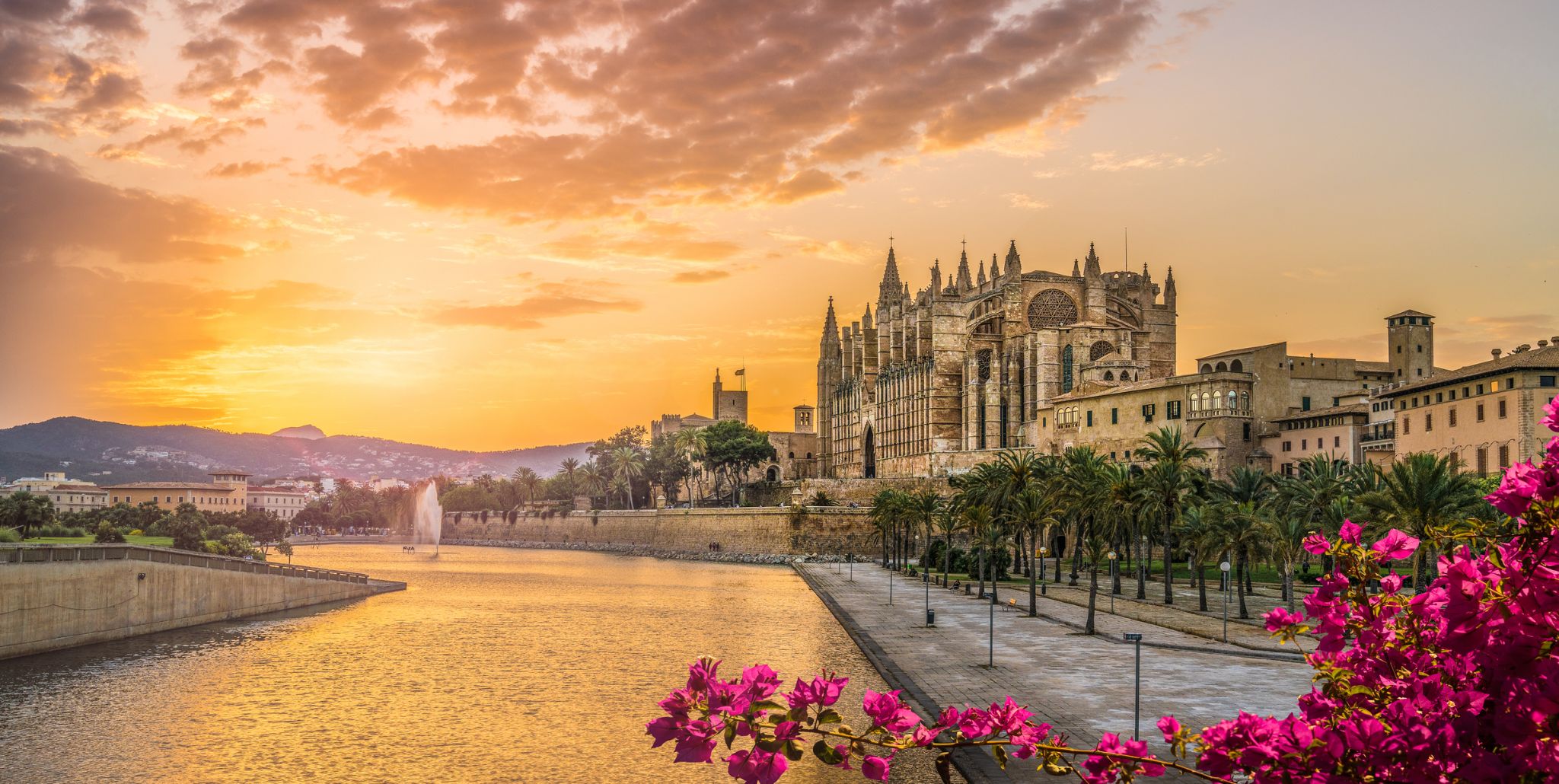 Dzień 25: 09:00-18:00
Dzień 25: 09:00-18:00Palma de Mallorca / Hiszpania
Mallorca is the largest island in the Balearic Islands, which are part of Spain and located in the Mediterranean. The native language, as on the rest of the Balearic Islands, is Catalan, which is co-official with Spanish.
The capital of the island, Palma, is also the capital of the autonomous community of the Balearic Islands. The Balearic Islands have been an autonomous region of Spain since 1983. There are two small islands off the coast of Mallorca: Cabrera (southeast of Palma) and Dragonera (west of Palma). The anthem of Mallorca is "La Balanguera".
Like the other Balearic Islands of Menorca, Ibiza and Formentera, the island is an extremely popular holiday destination, particularly for tourists from Germany and the United Kingdom. The international airport, Palma de Mallorca Airport, is one of the busiest in Spain; it was used by 28.0 million passengers in 2017, increasing every year since 2012.
The name derives from Classical Latin insula maior, "larger island". Later, in Medieval Latin, this became Maiorica, "the larger one", in comparison to Menorca, "the smaller one".
-
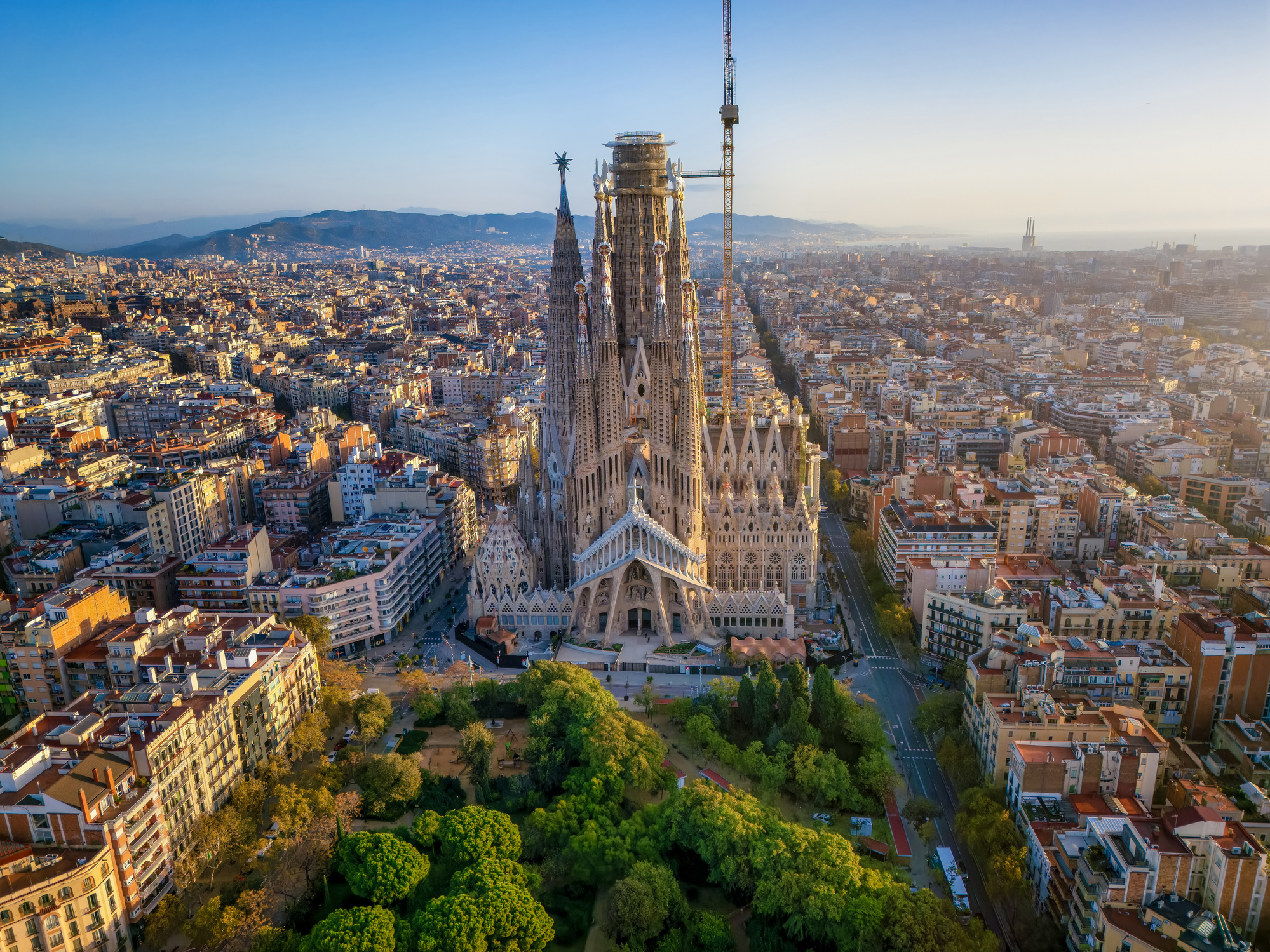 Dzień 26: 07:00-17:00
Dzień 26: 07:00-17:00Barcelona / Hiszpania
Mając reputację jednego z najatrakcyjniejszych miast w Europie, Barcelona świętuje swoją rolę stolicy Katalonii. Kosmopolityczna i międzynarodowa atmosfera miasta sprawia, że jest to ulubione miejsce wielu ludzi na całym świecie. Miasto jest szczególnie znane ze swojej architektury i sztuki – podróżnicy z całego świata przybywają, aby zobaczyć słynną Sagrada Familia i inne modernistyczne zabytki zaprojektowane przez Gaudiego.
Barcelona to miasto z licznymi i oryginalnymi możliwościami spędzania czasu wolnego, które sprawiają, że chcesz tu wracać. Położona na wybrzeżu Morza Śródziemnego Barcelona słynie z arcydzieł Gaudiego i architektury secesyjnej: jest jednym z najbardziej stylowych miast europejskich.
Miasto jest ośrodkiem nowych trendów w świecie kultury, mody i gastronomii. Dopełnieniem kreatywności artystów i projektantów jest ostrożne podejście do tradycyjnych placówek. Barcelona łączy w sobie urok i spokój historycznego centrum z awangardowymi nowoczesnymi dzielnicami i intensywnym tempem życia w jednym z najczęściej odwiedzanych miast na świecie.
